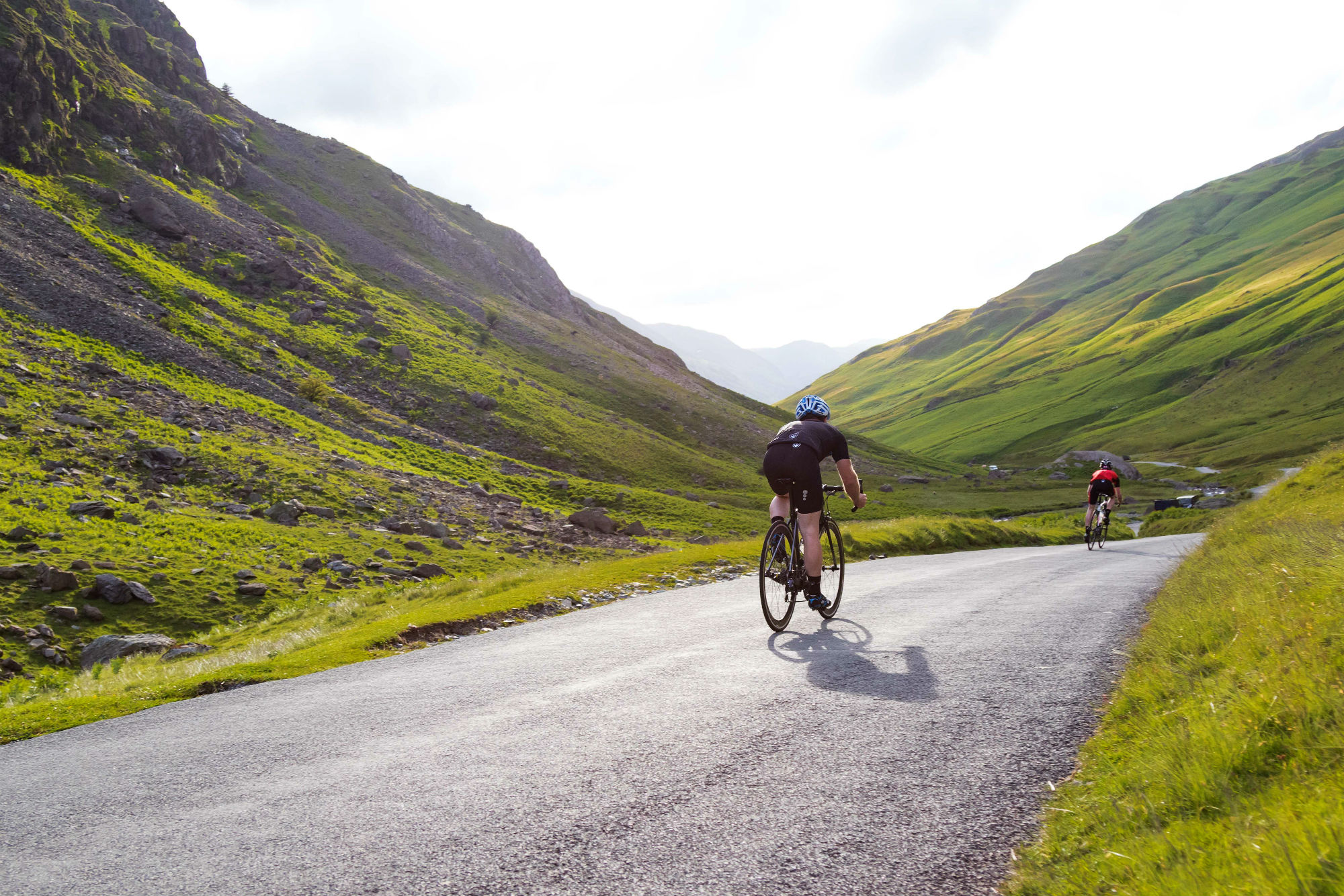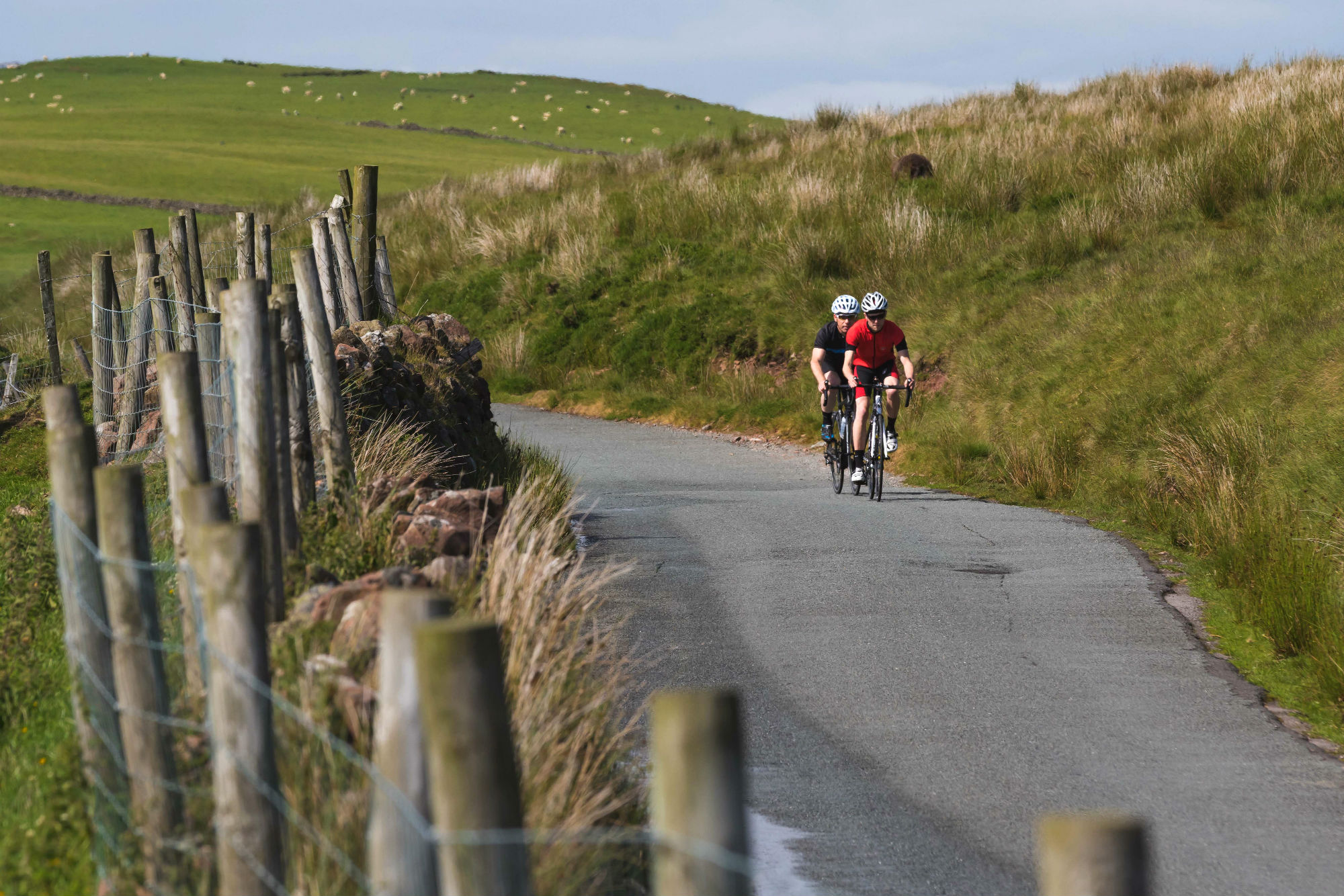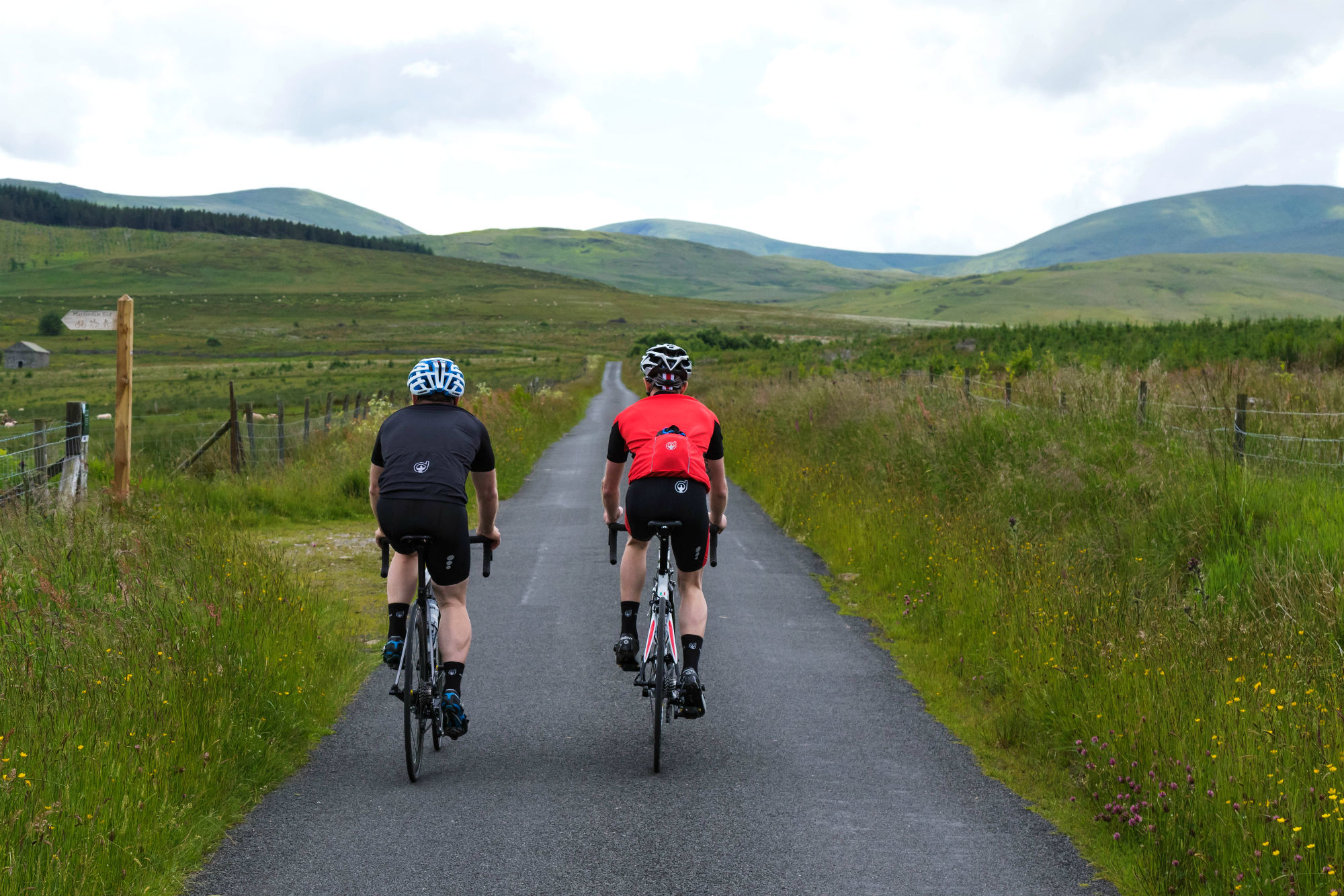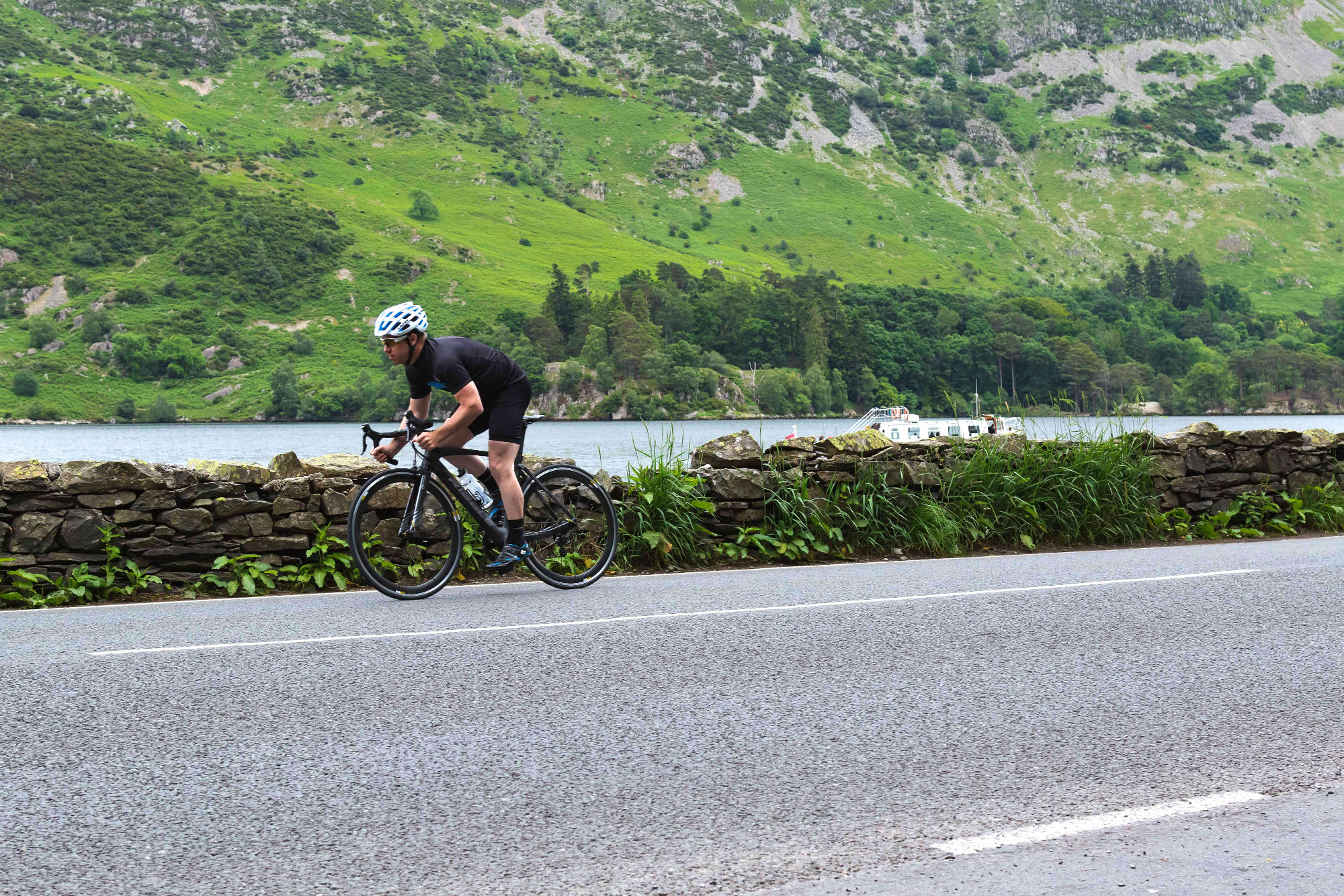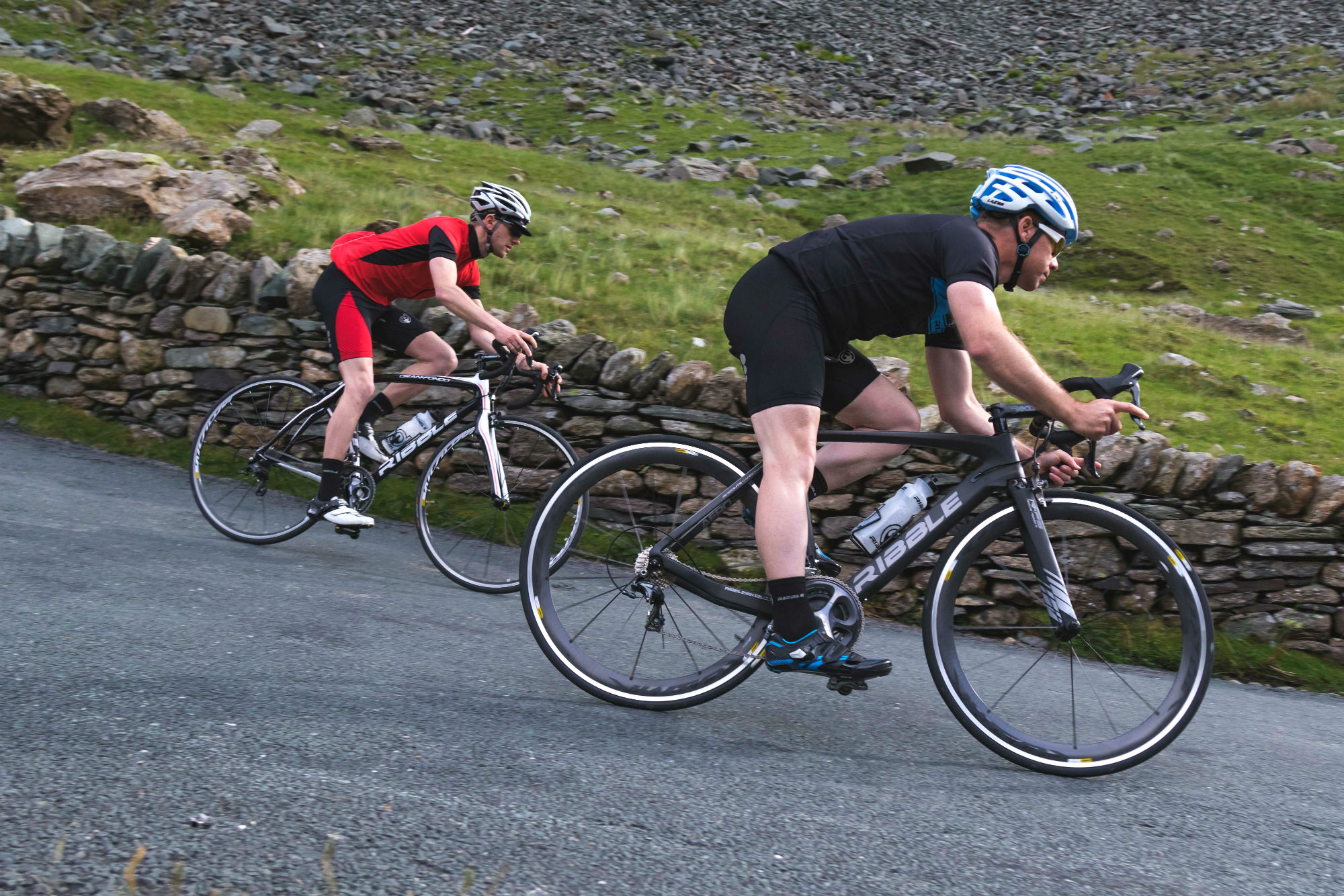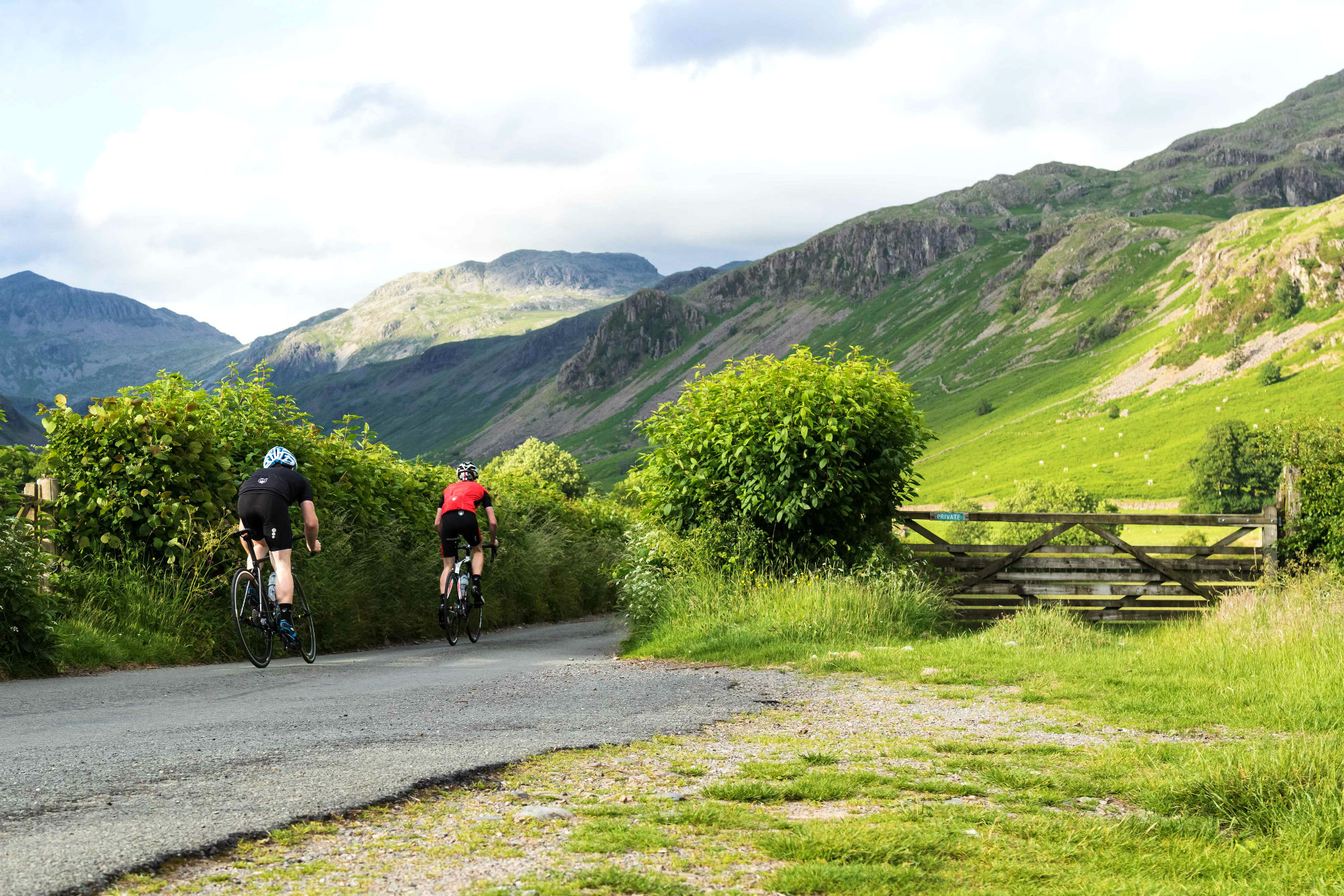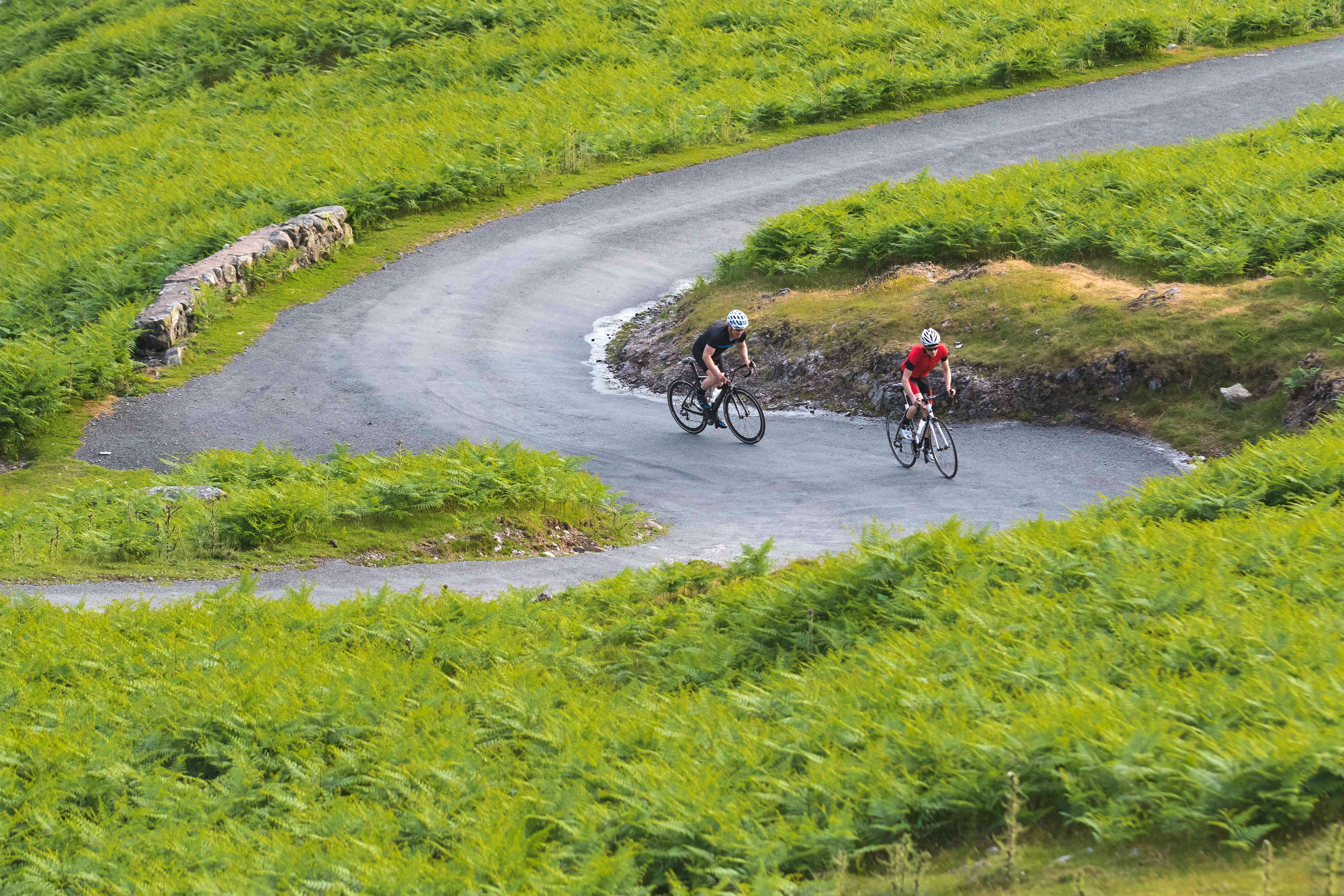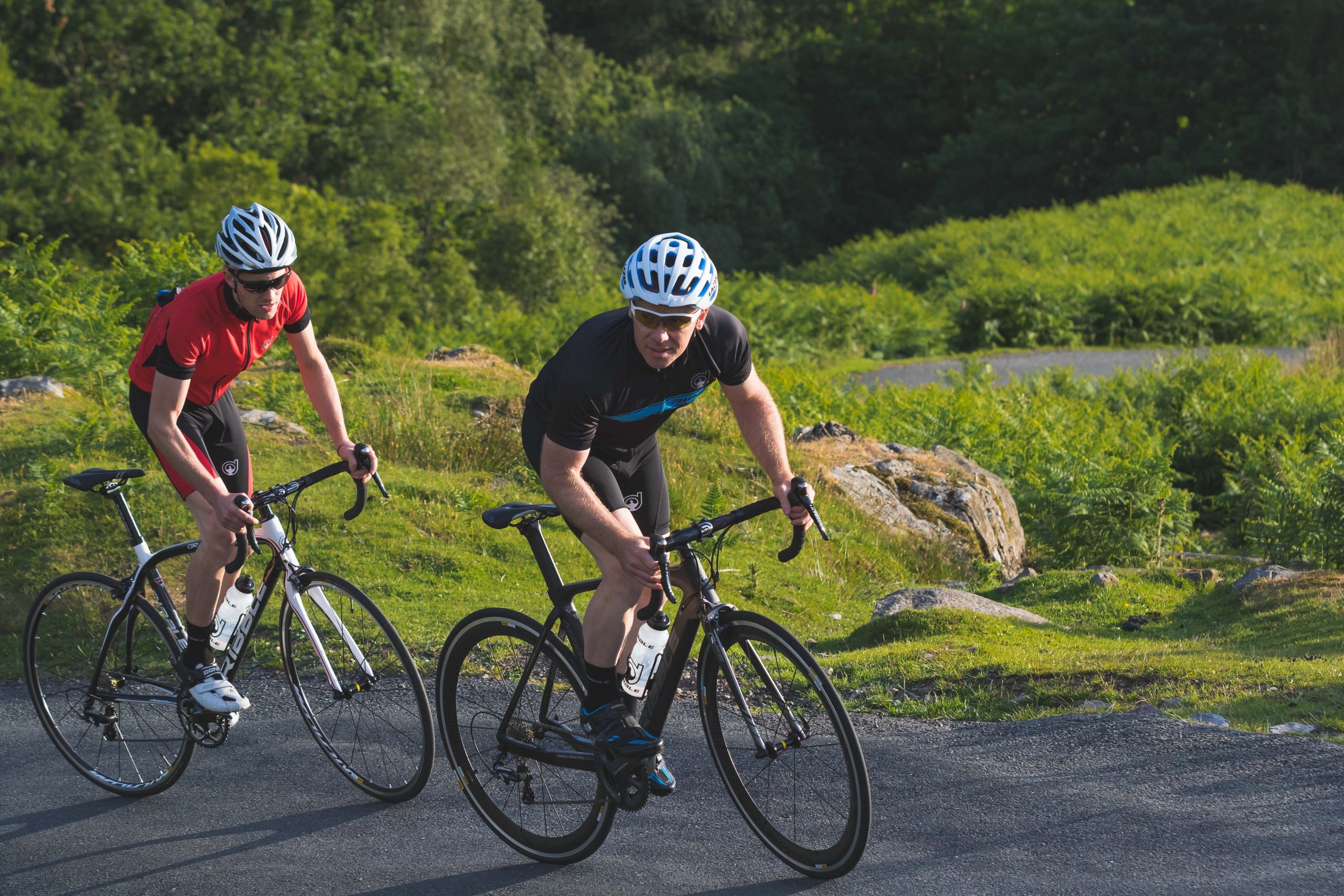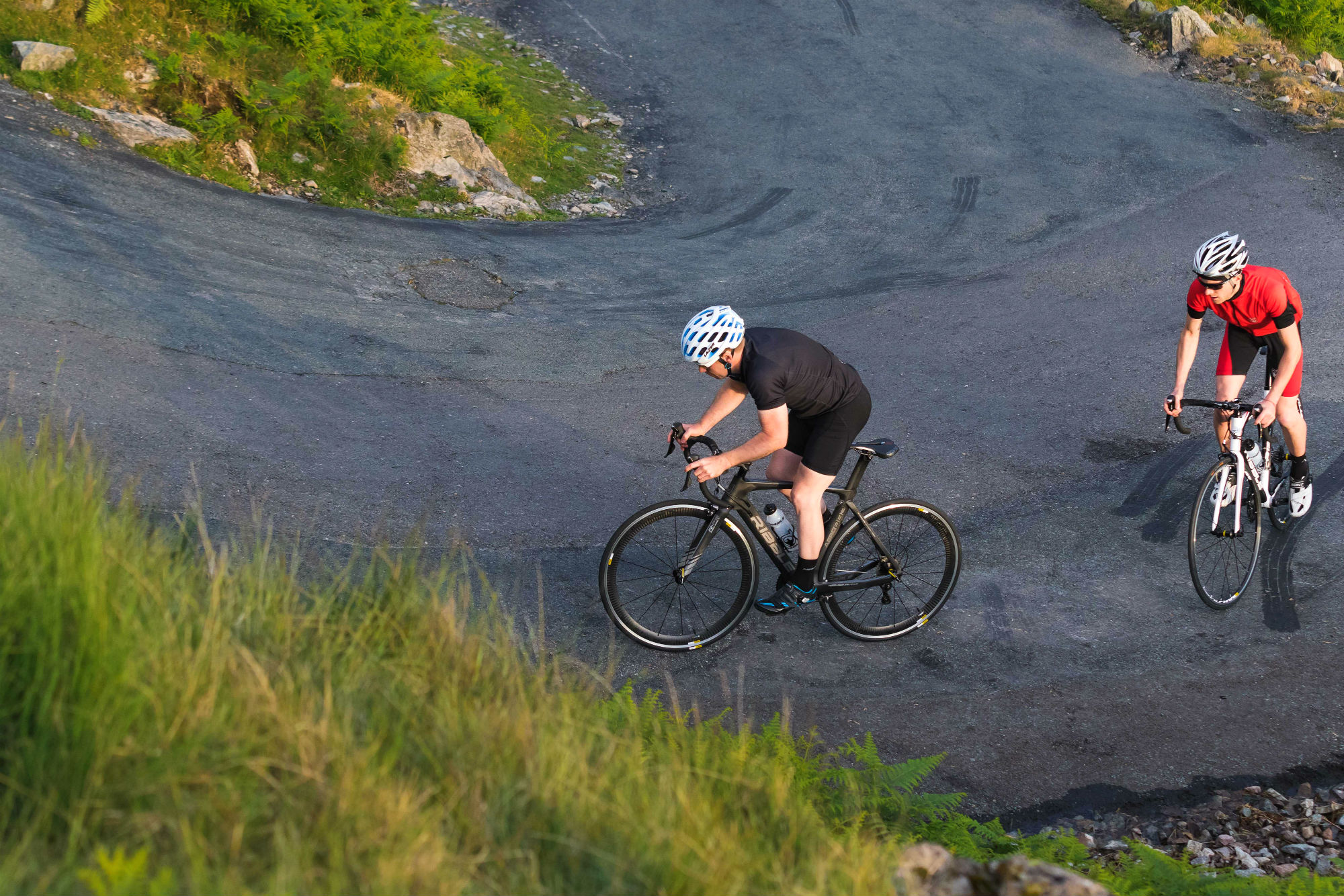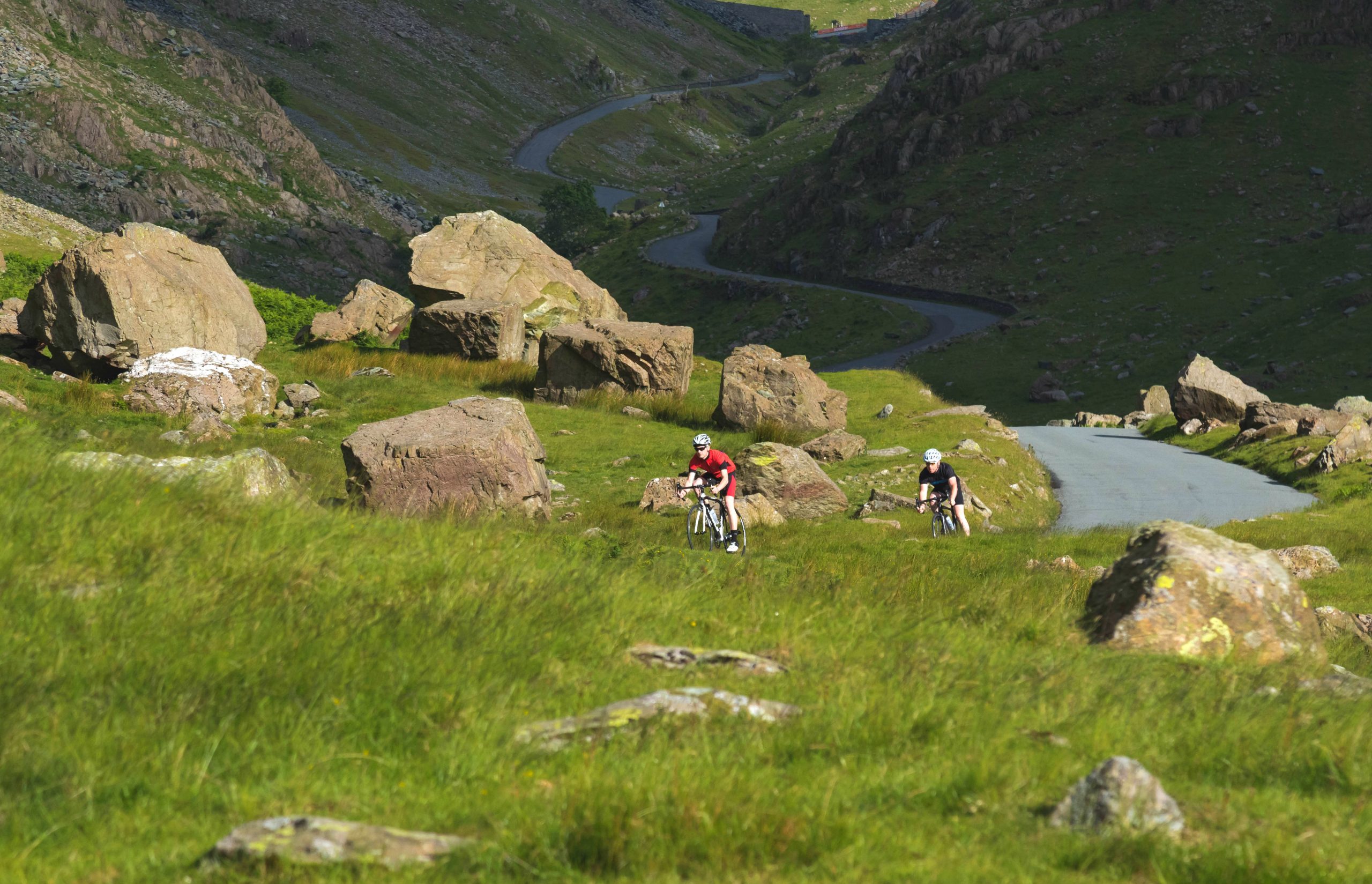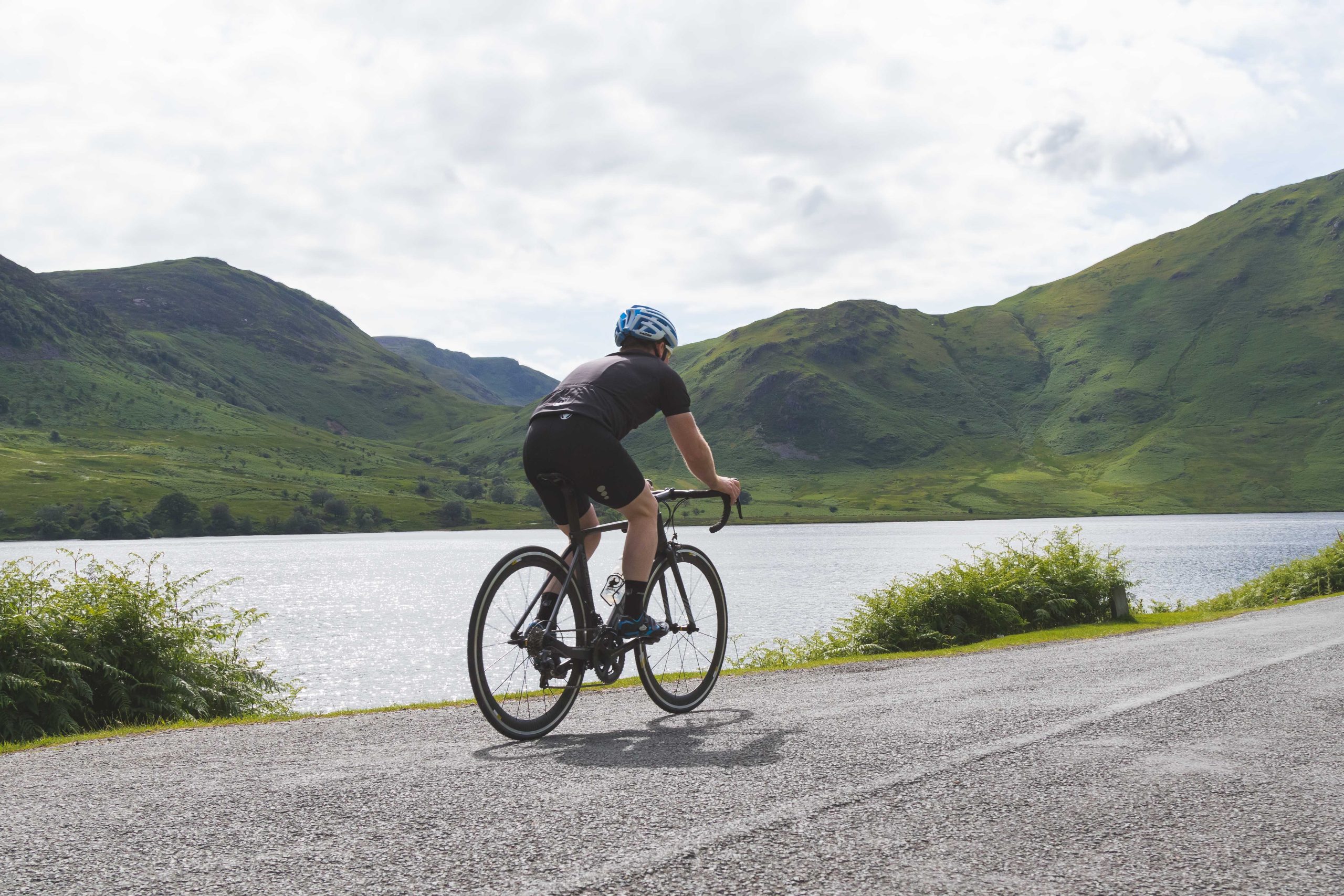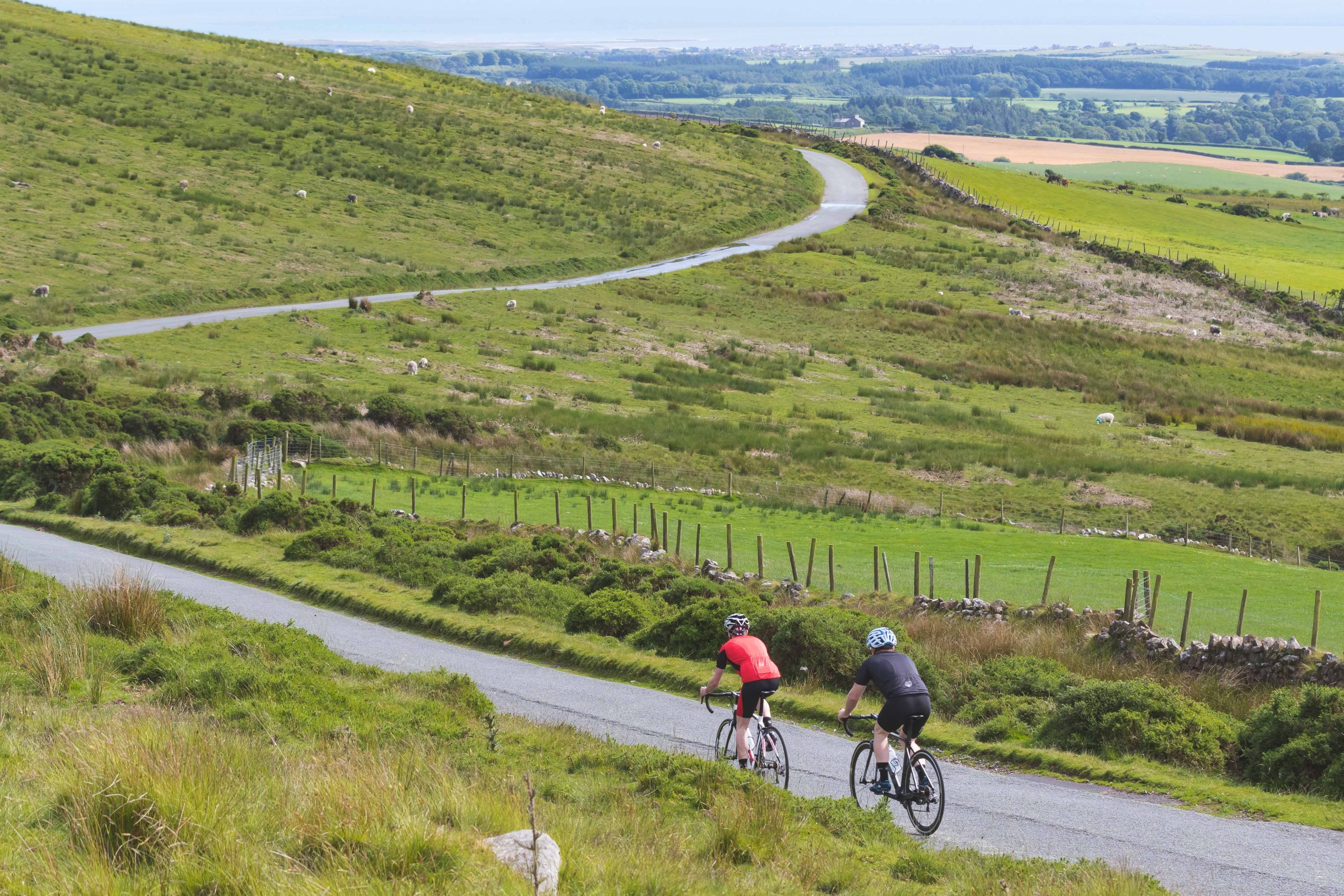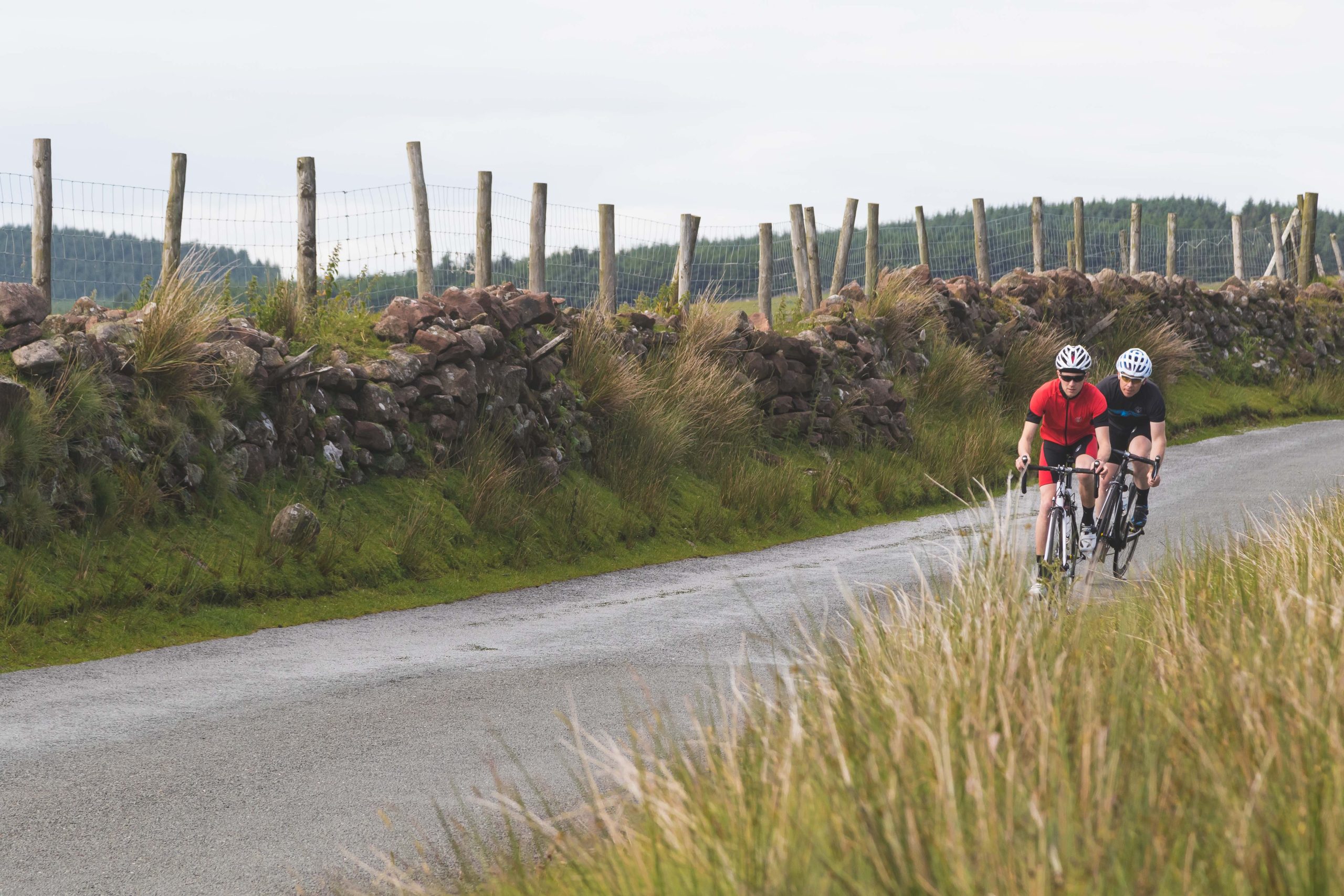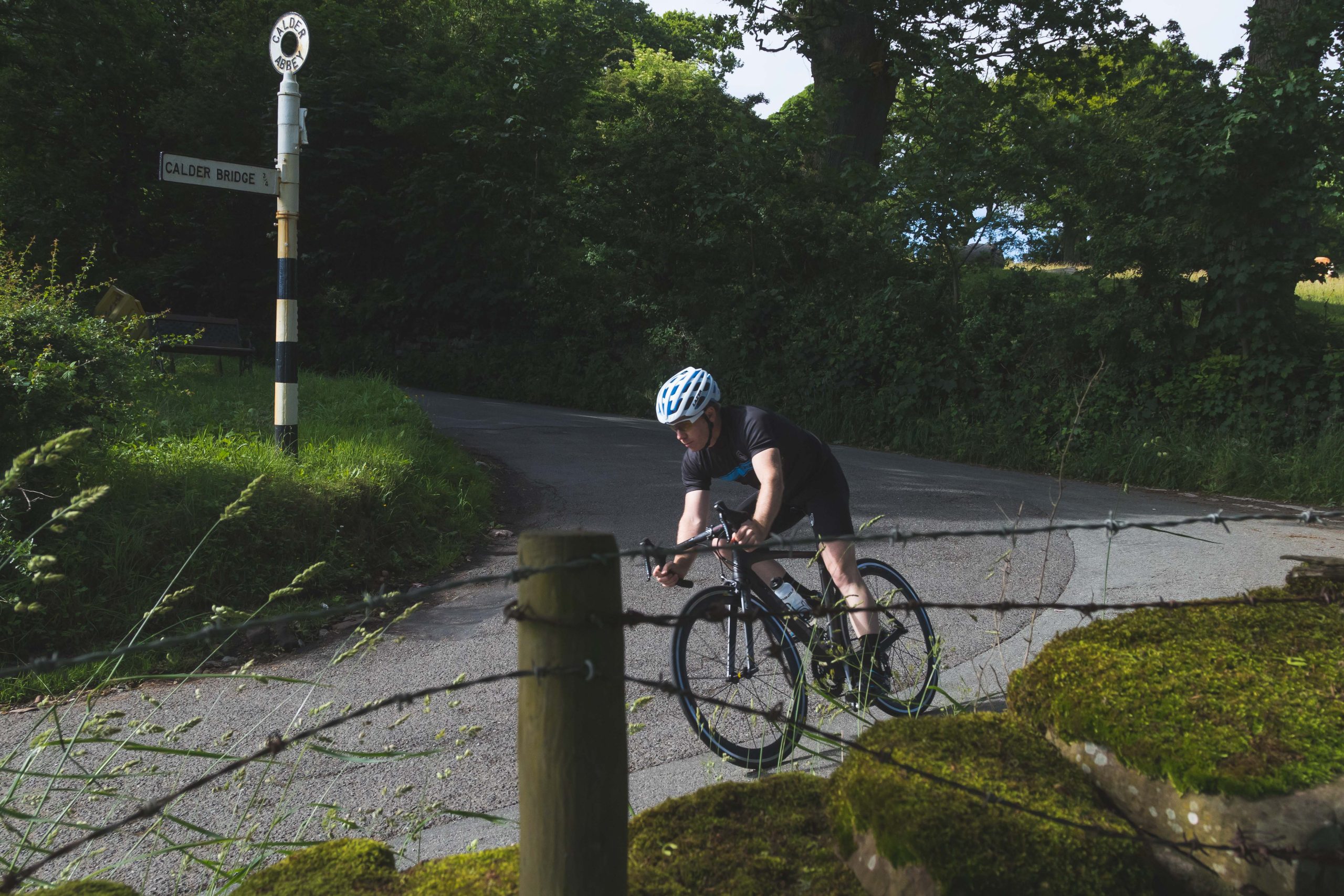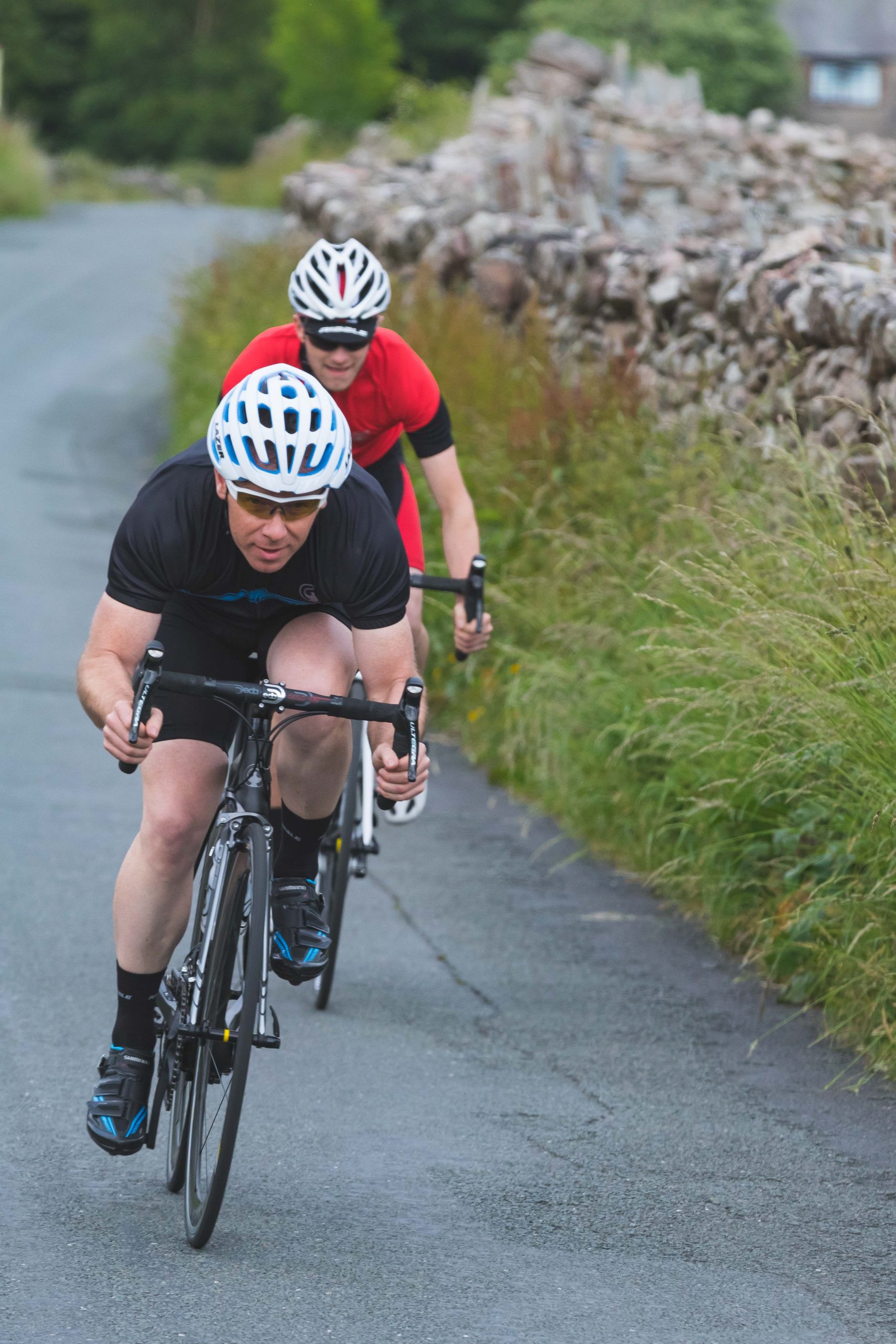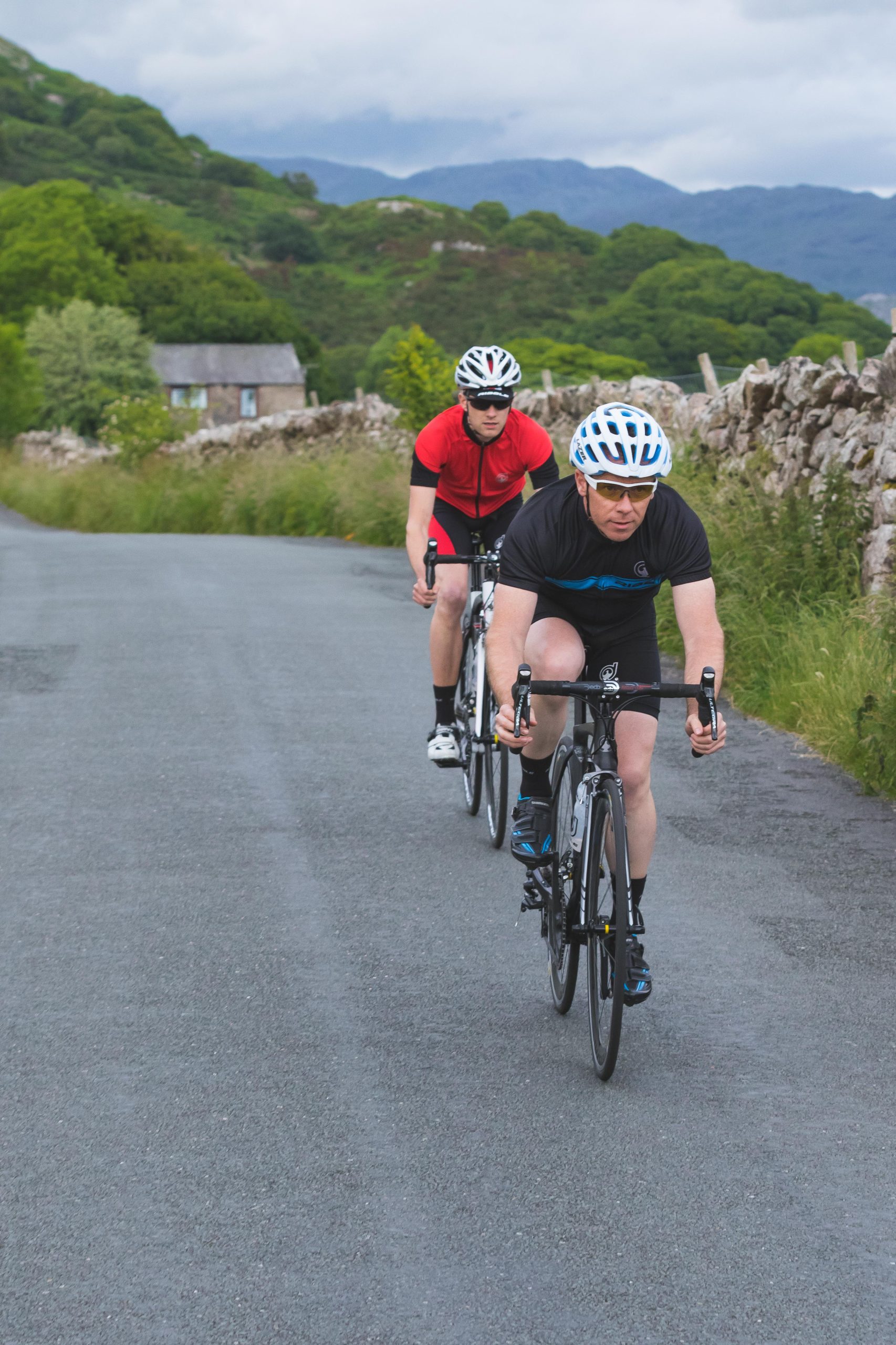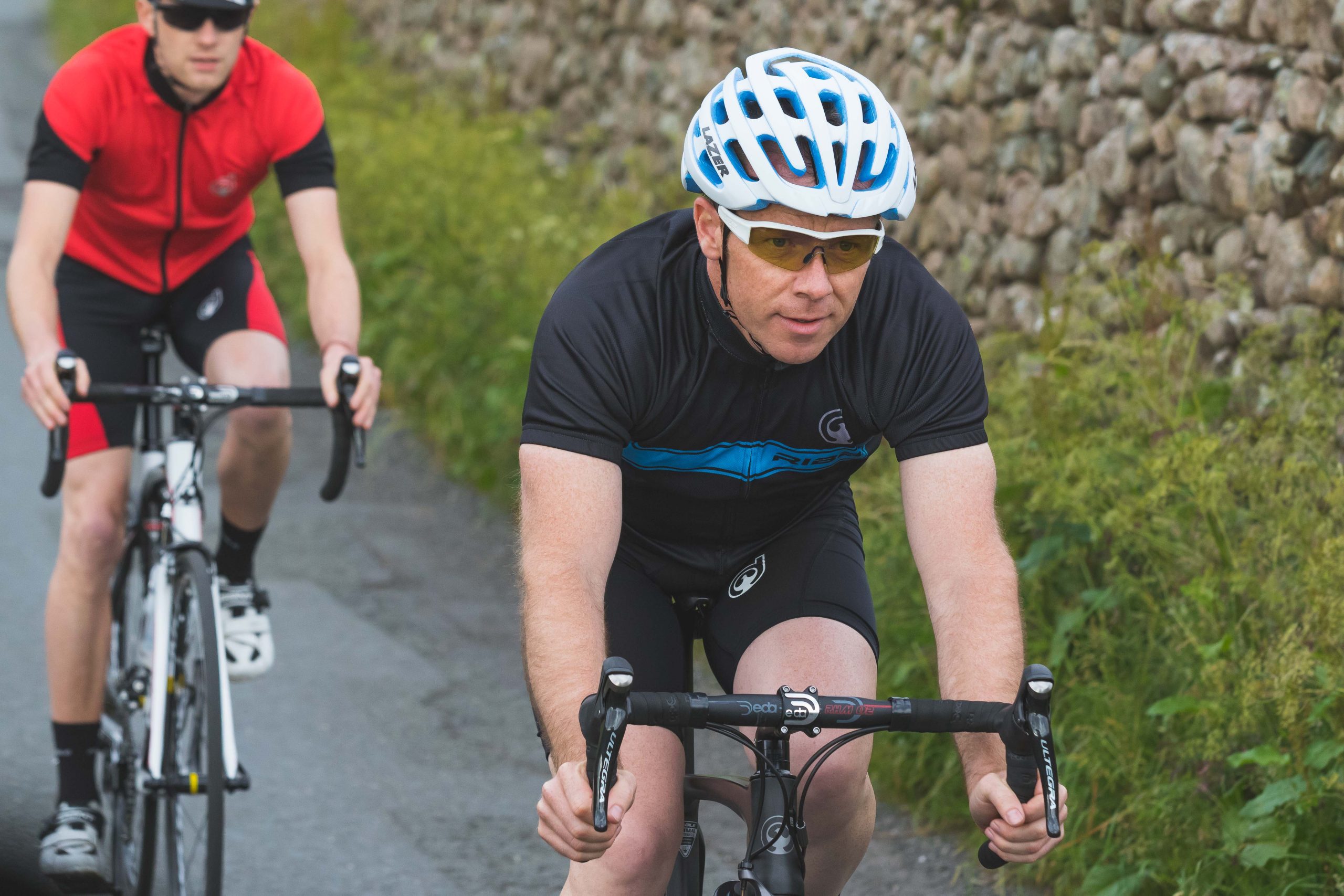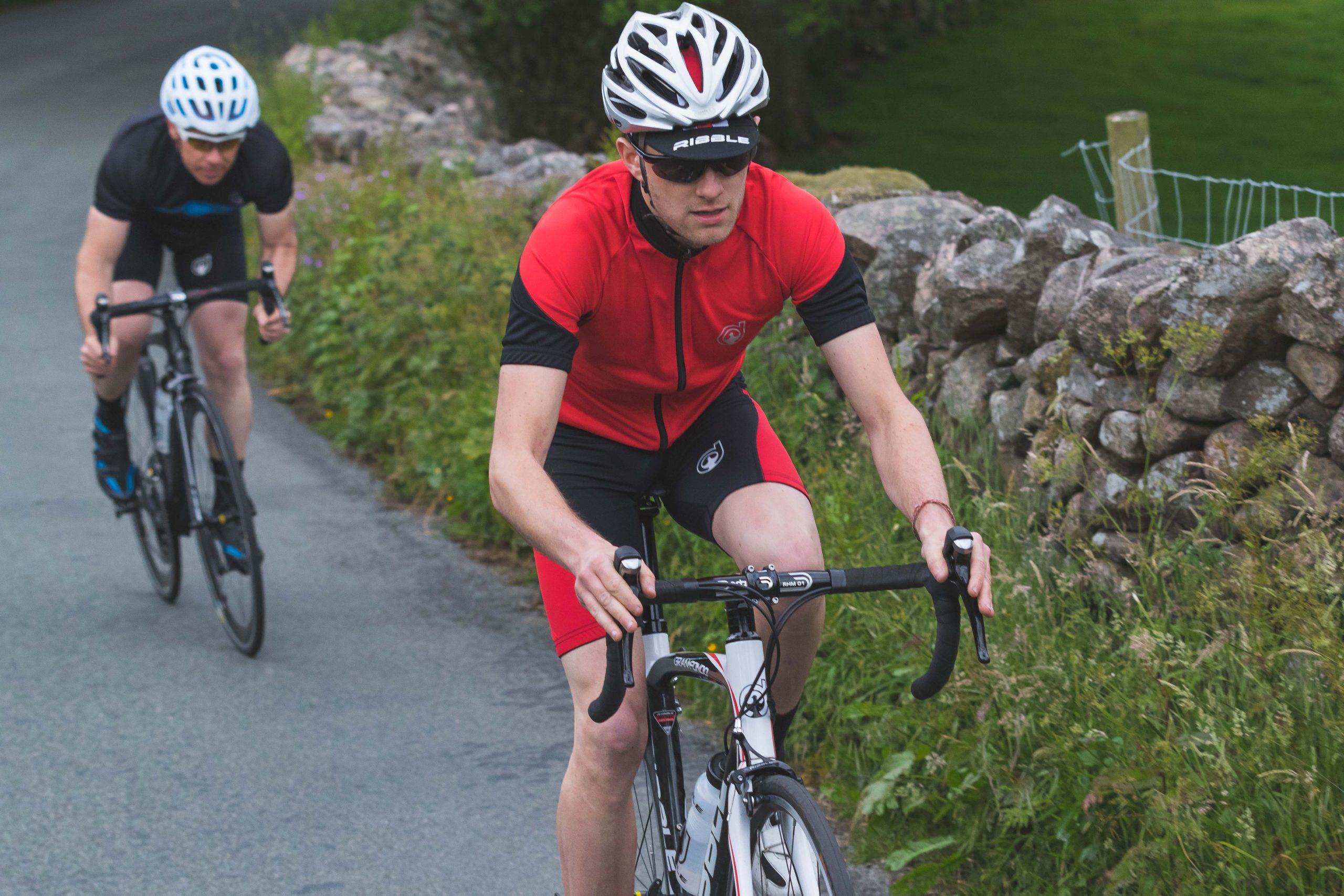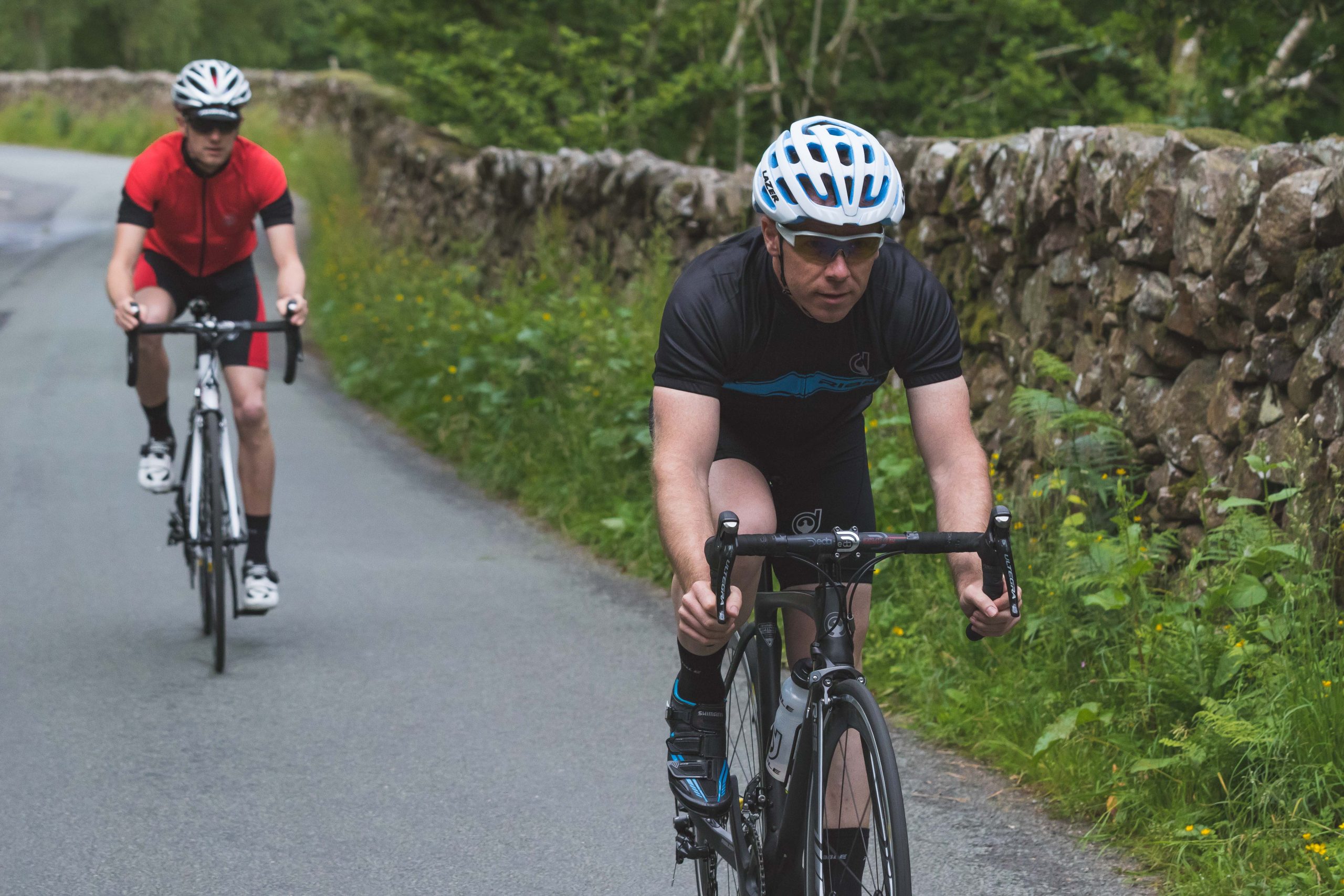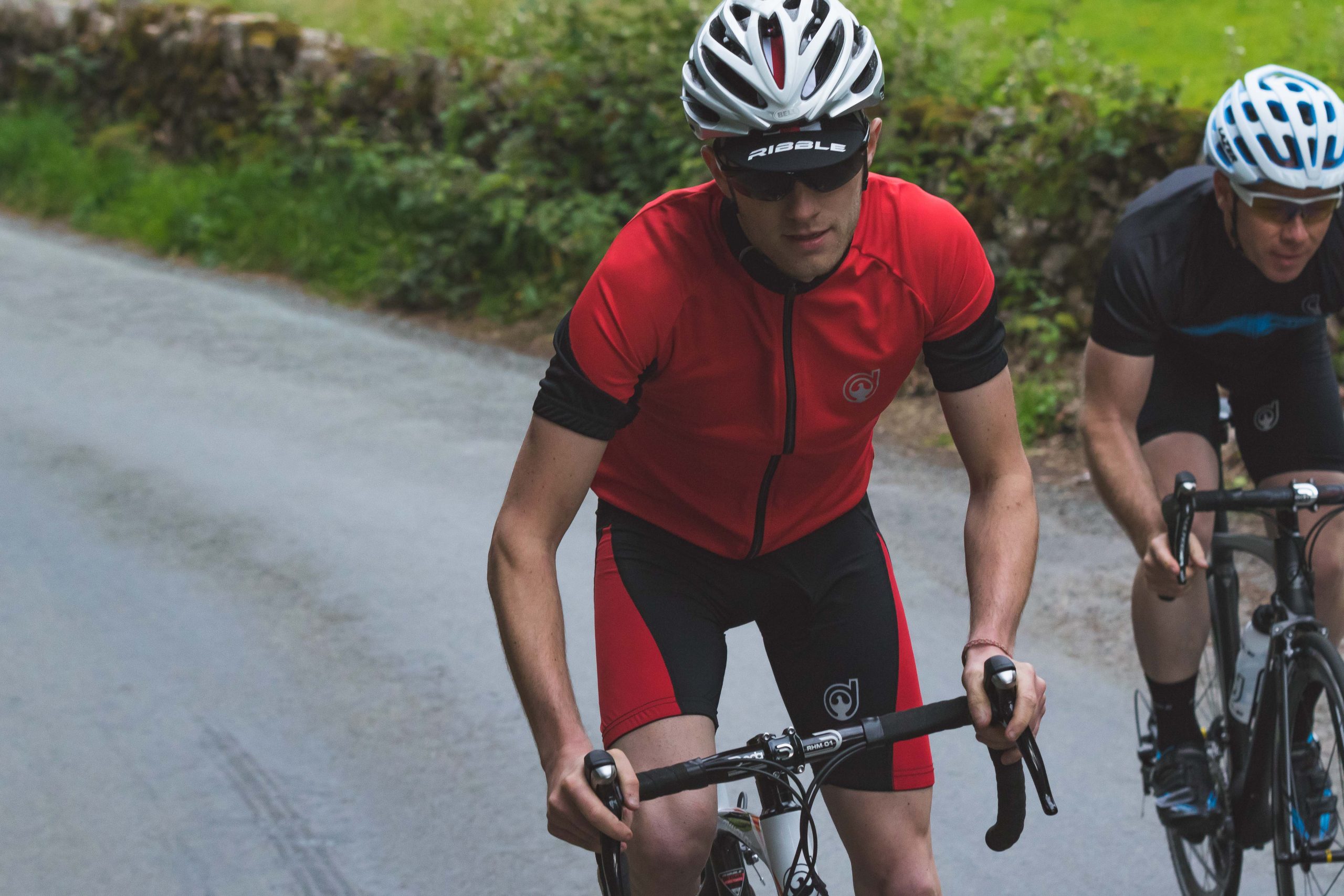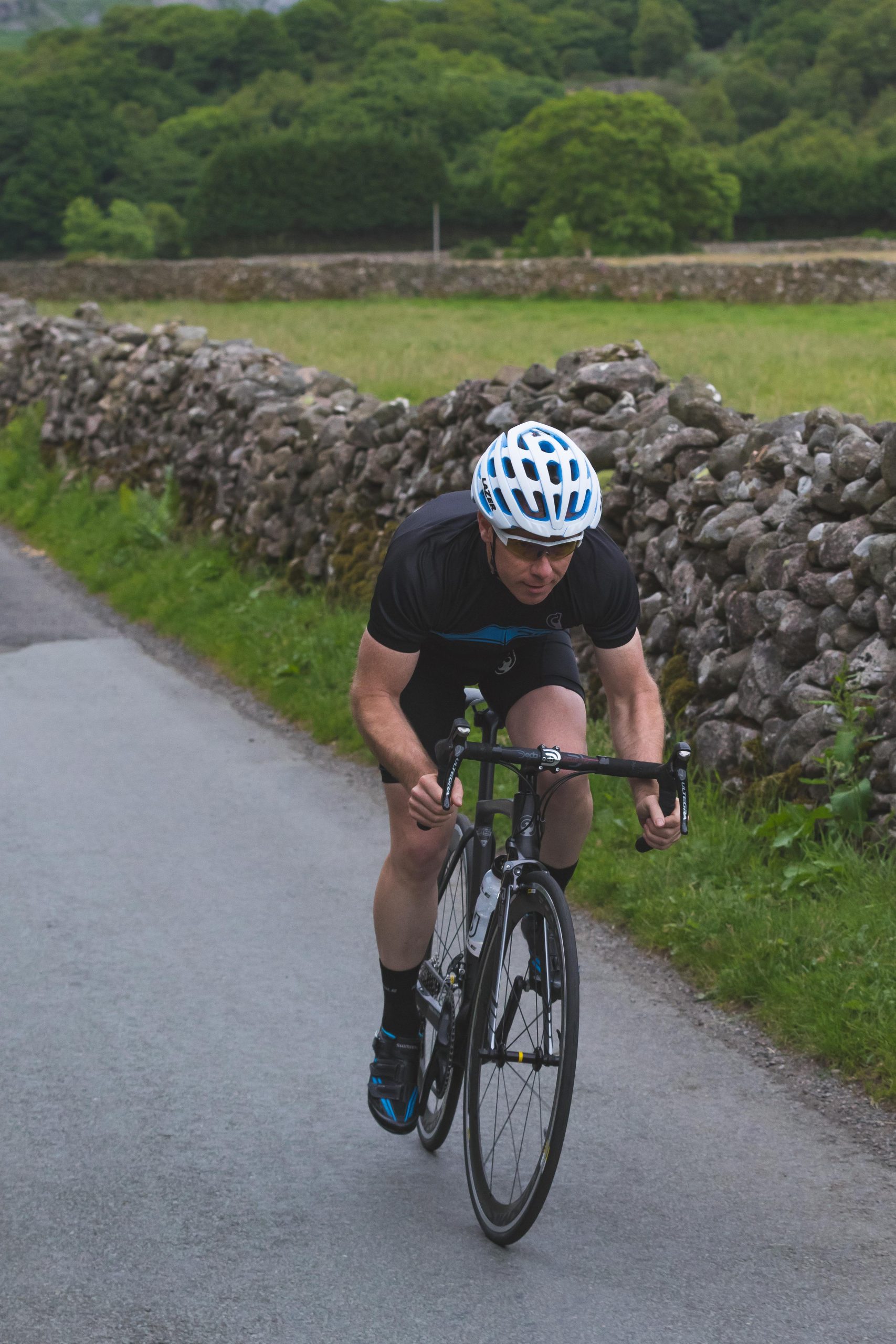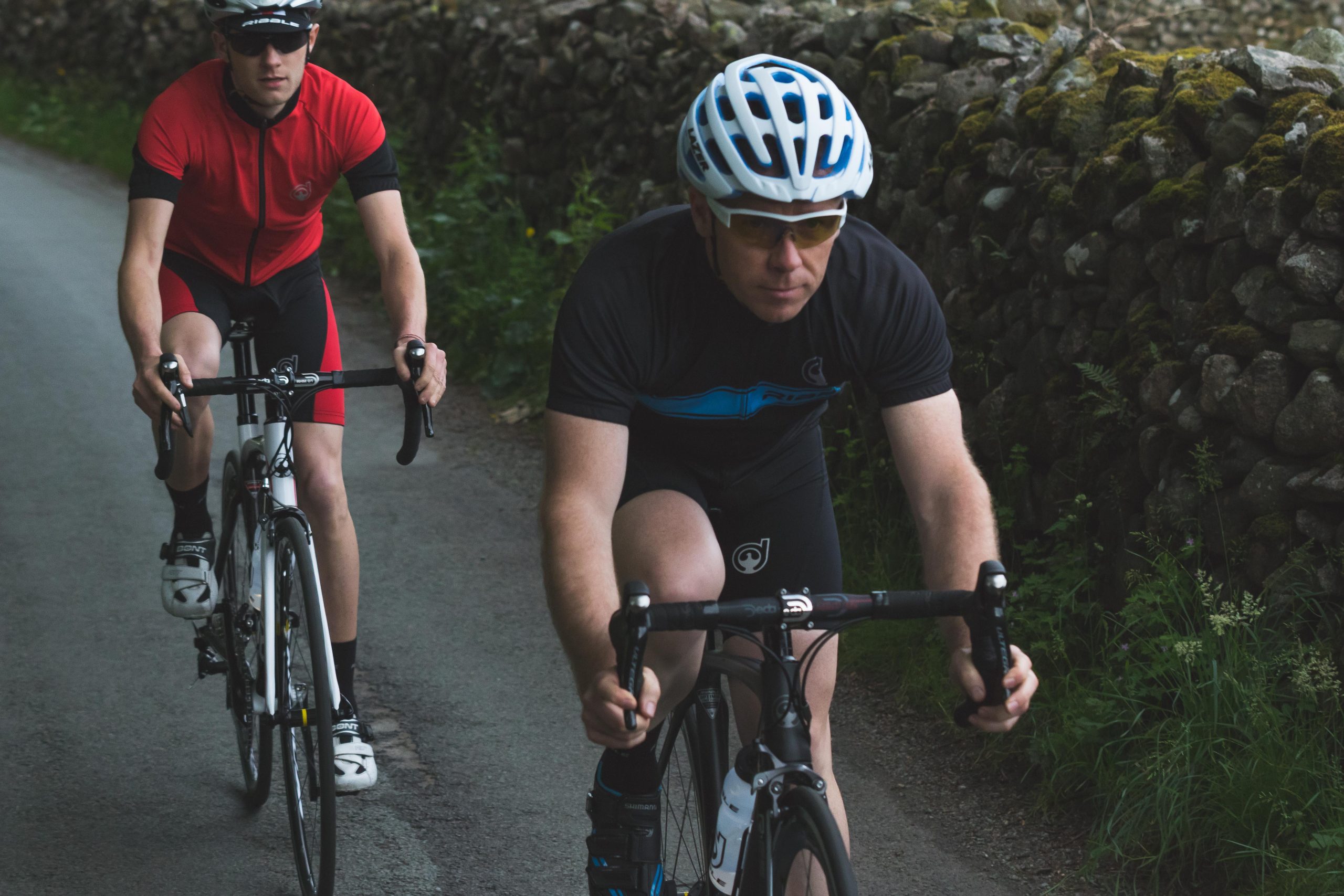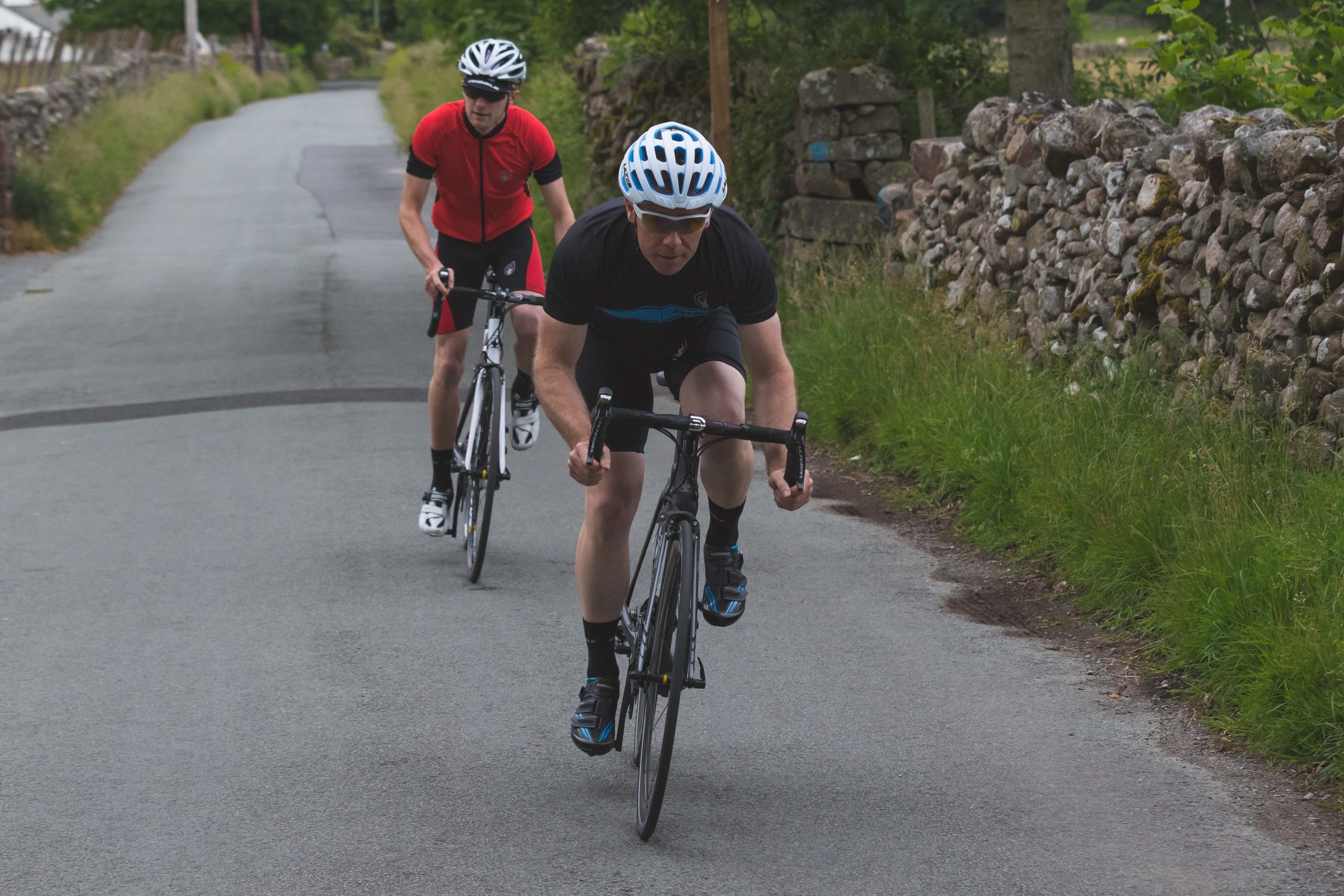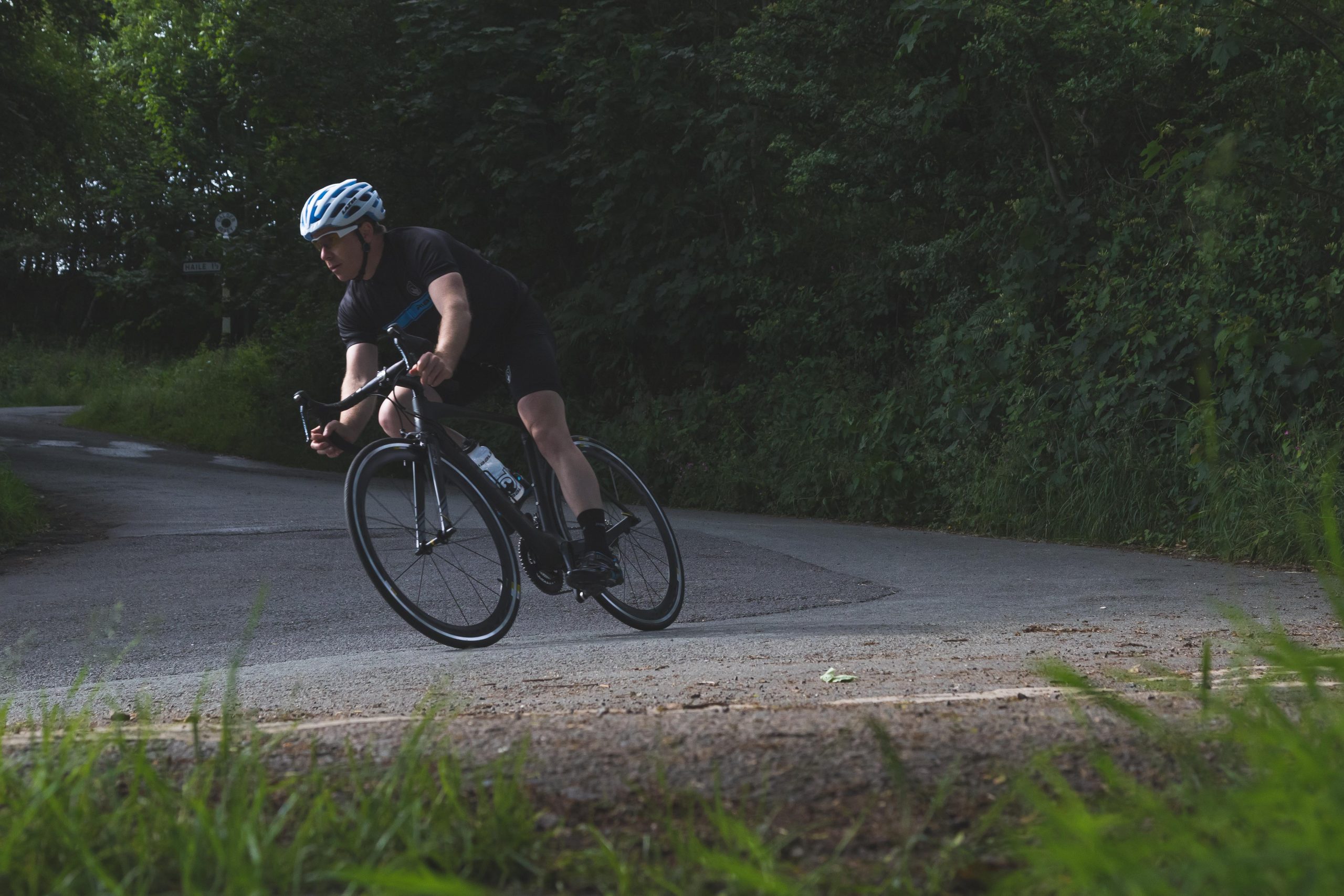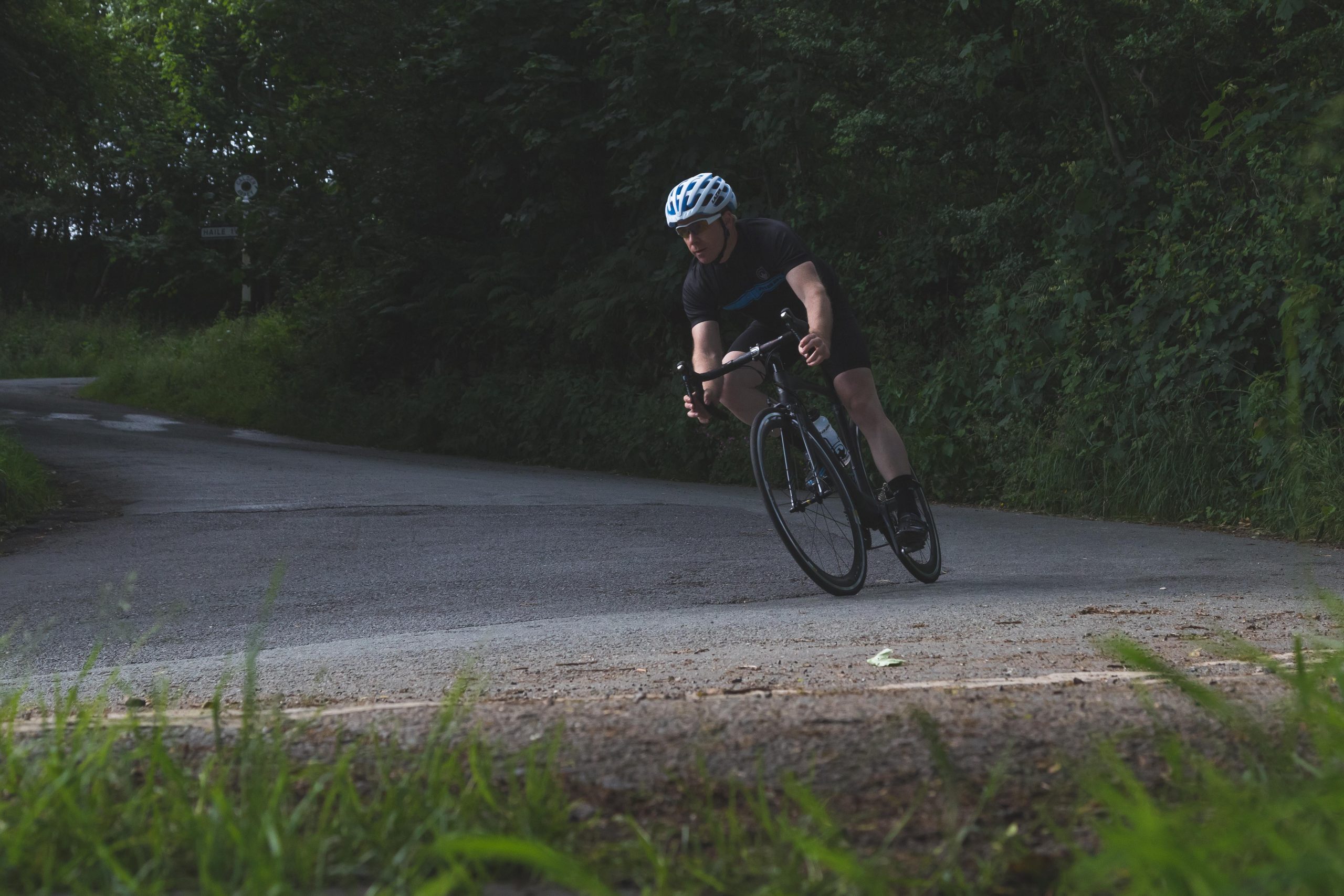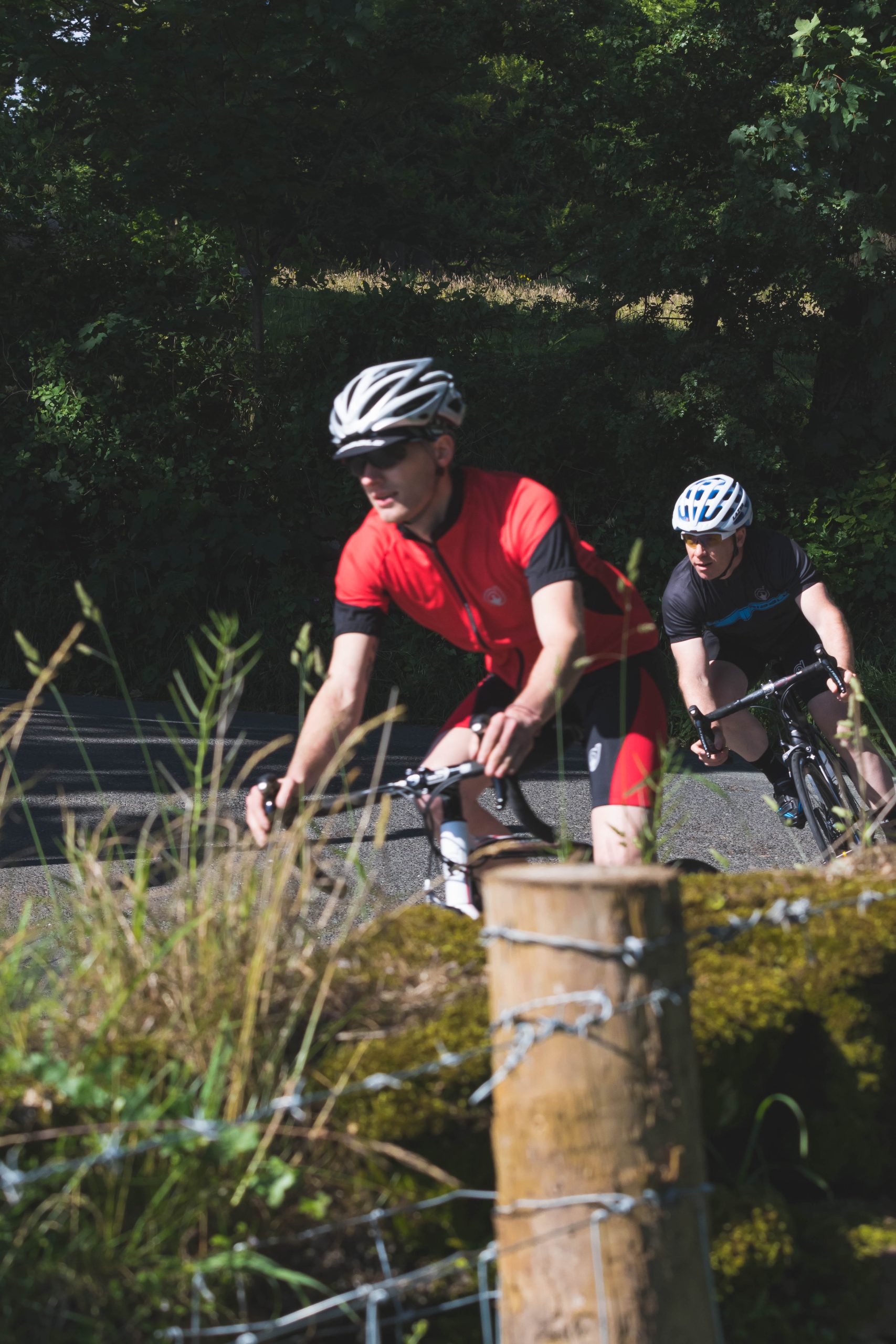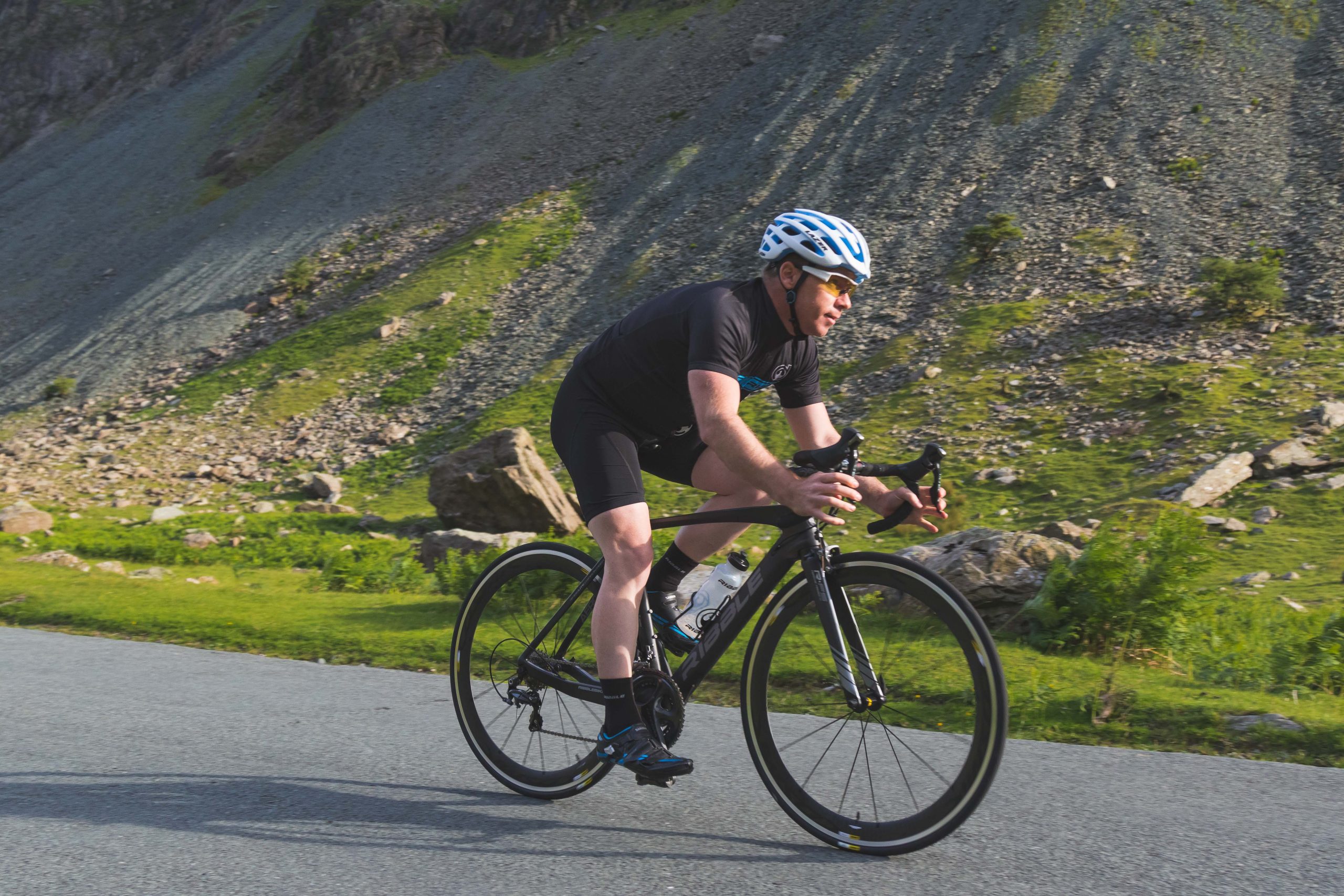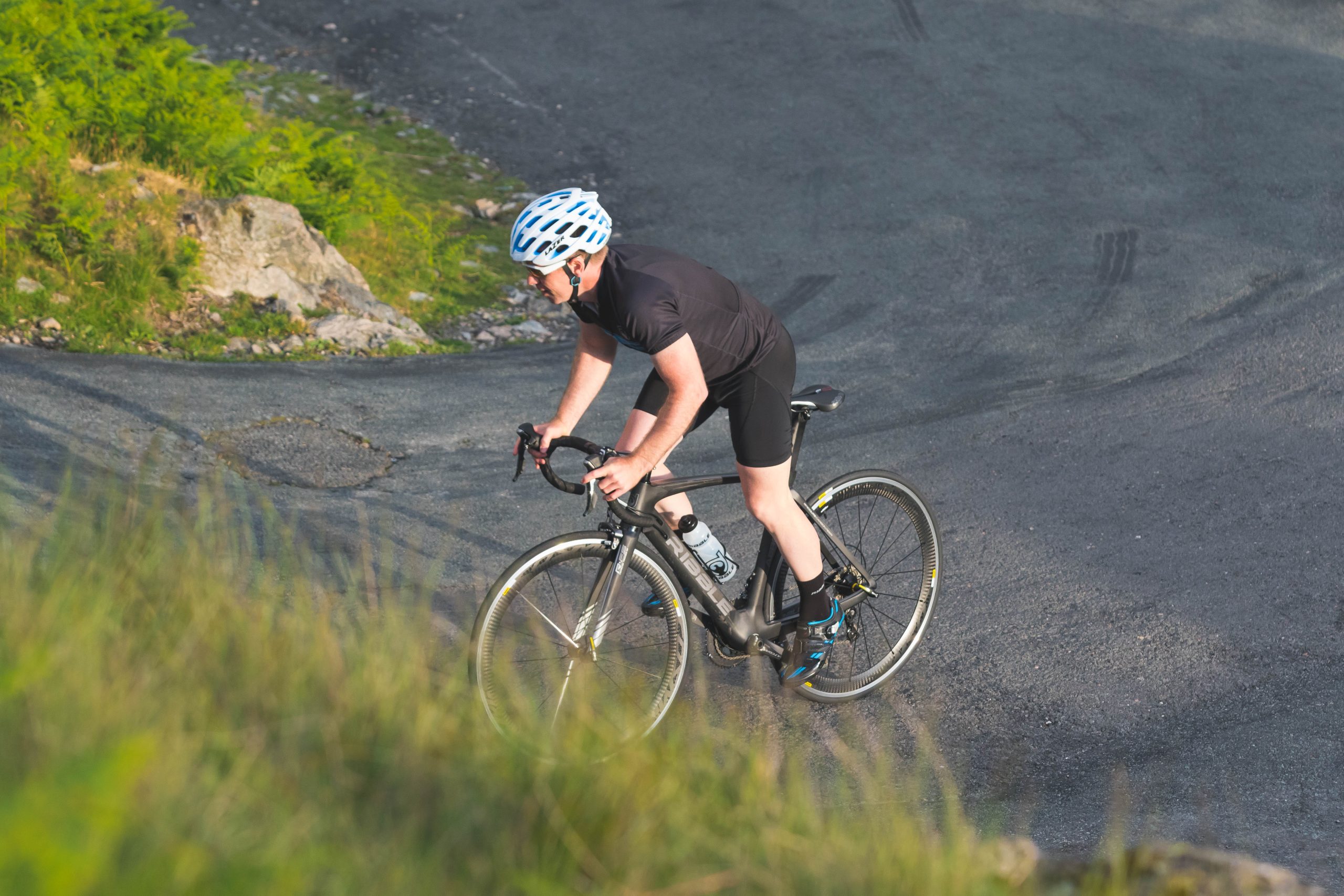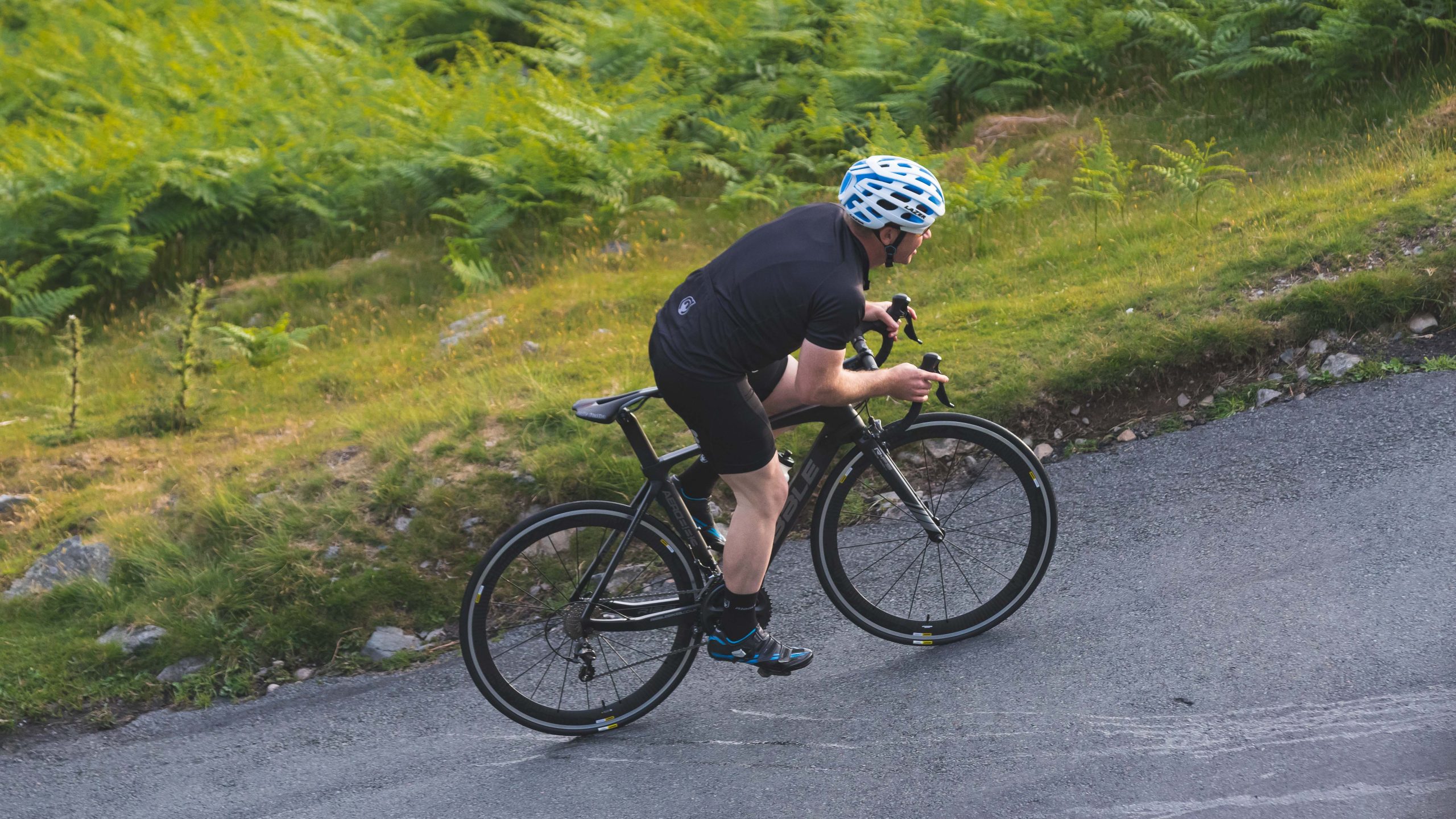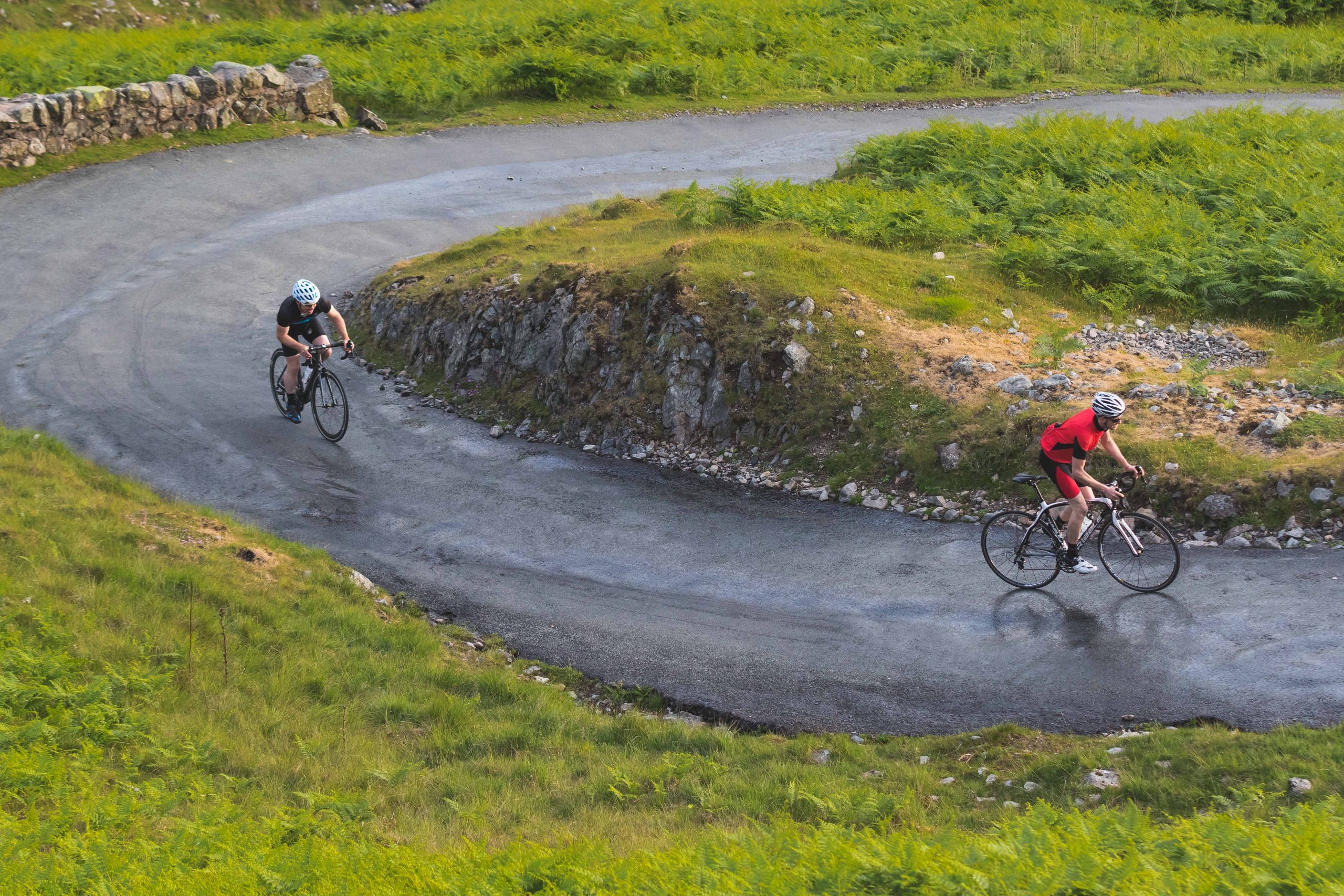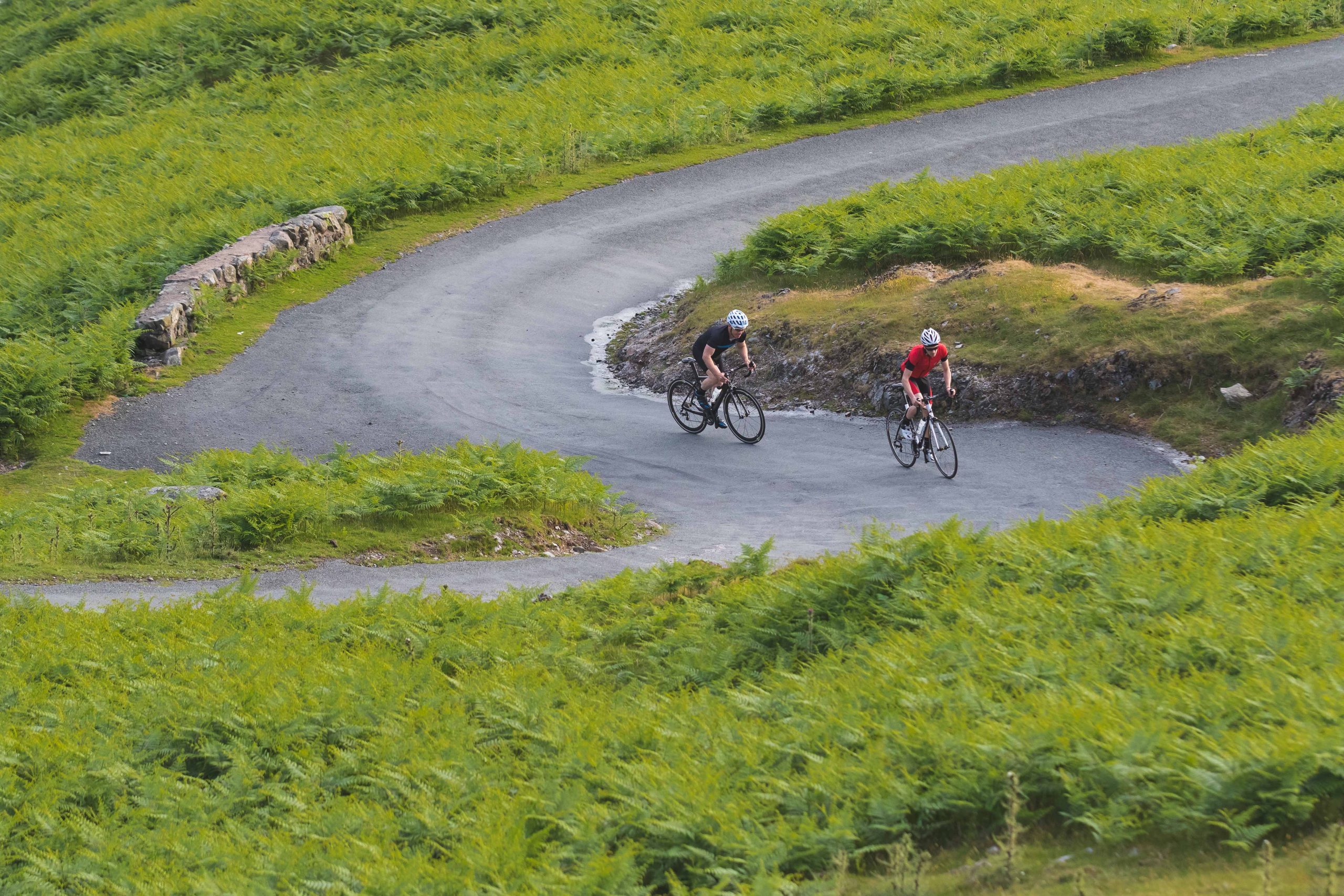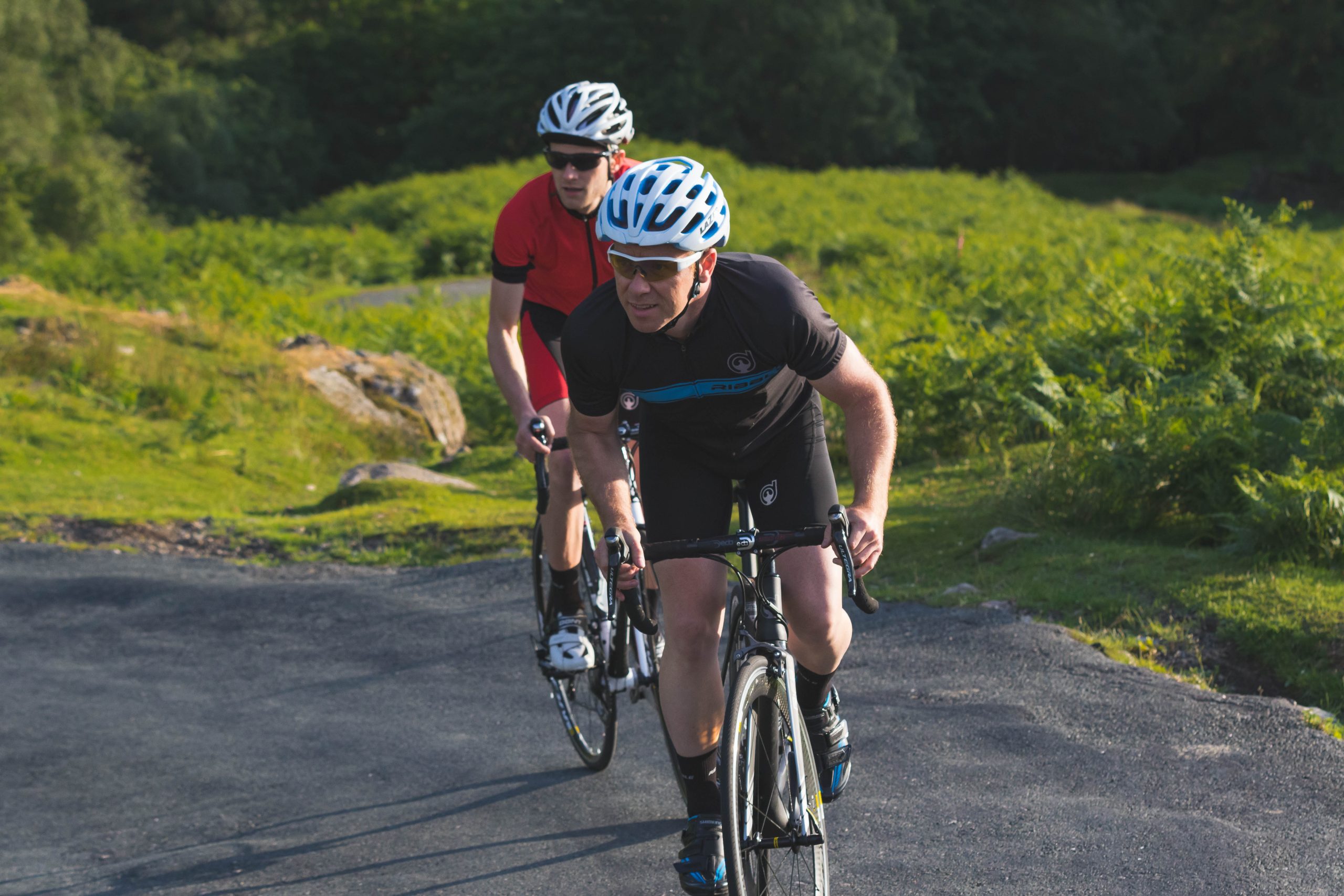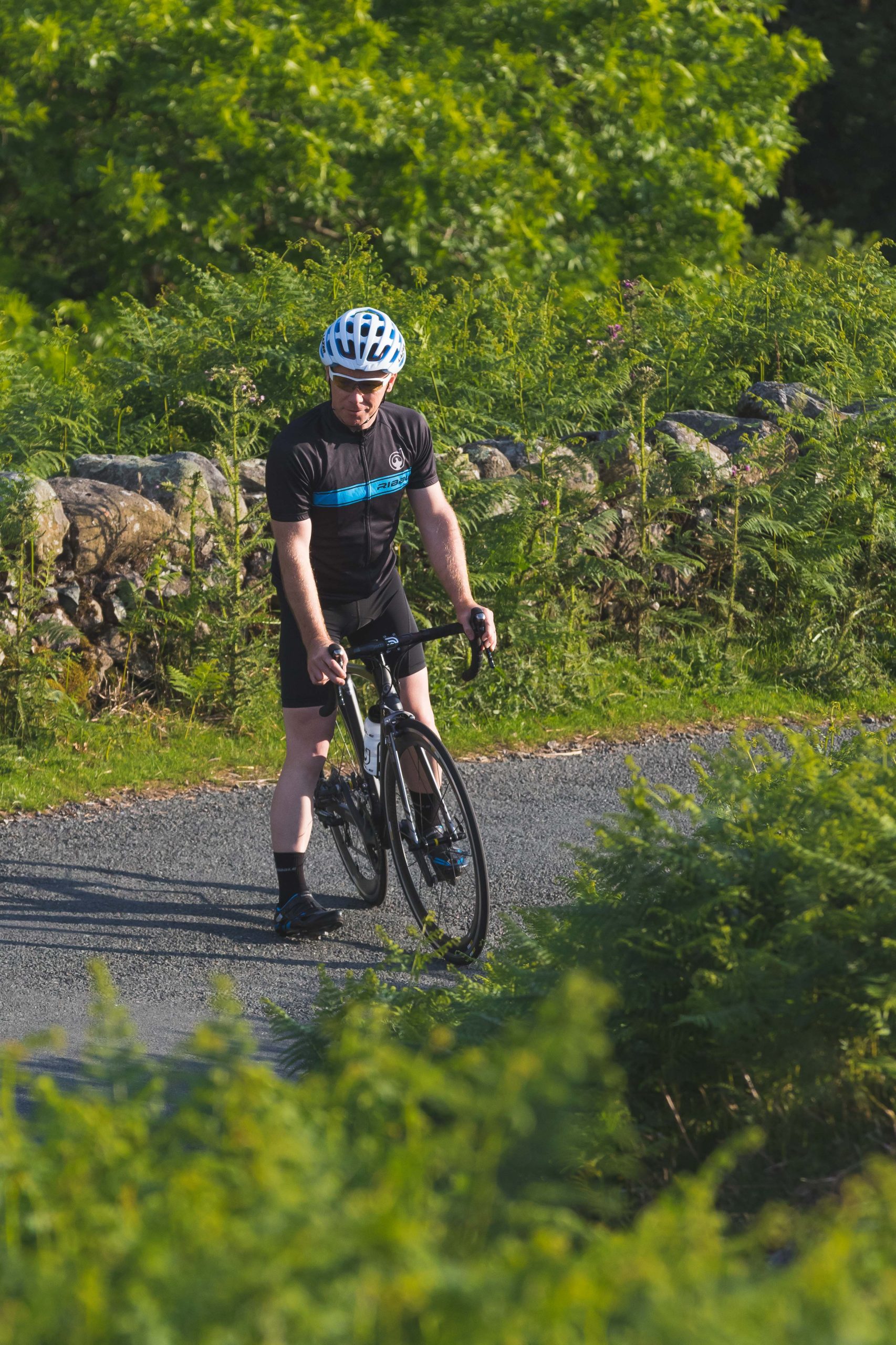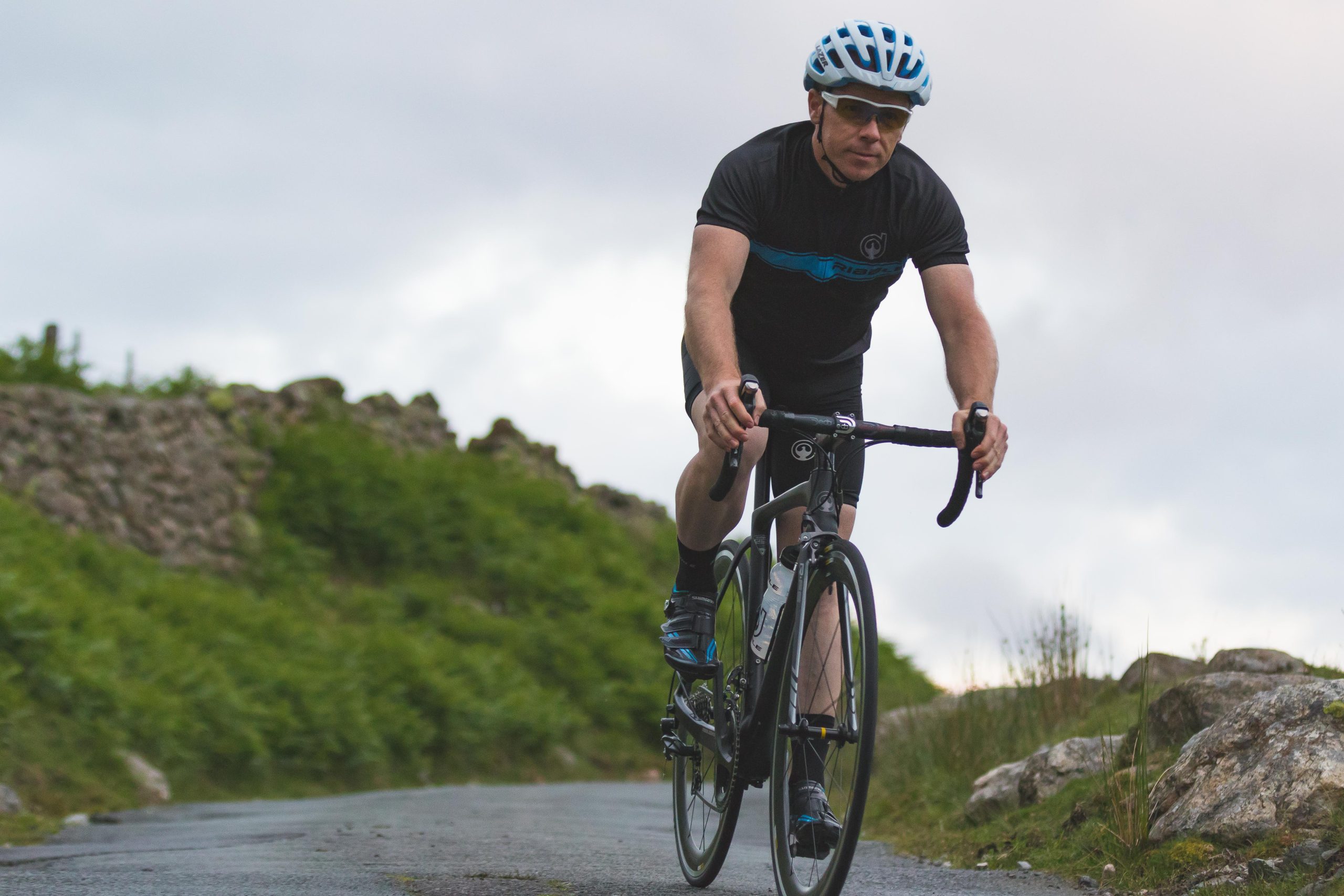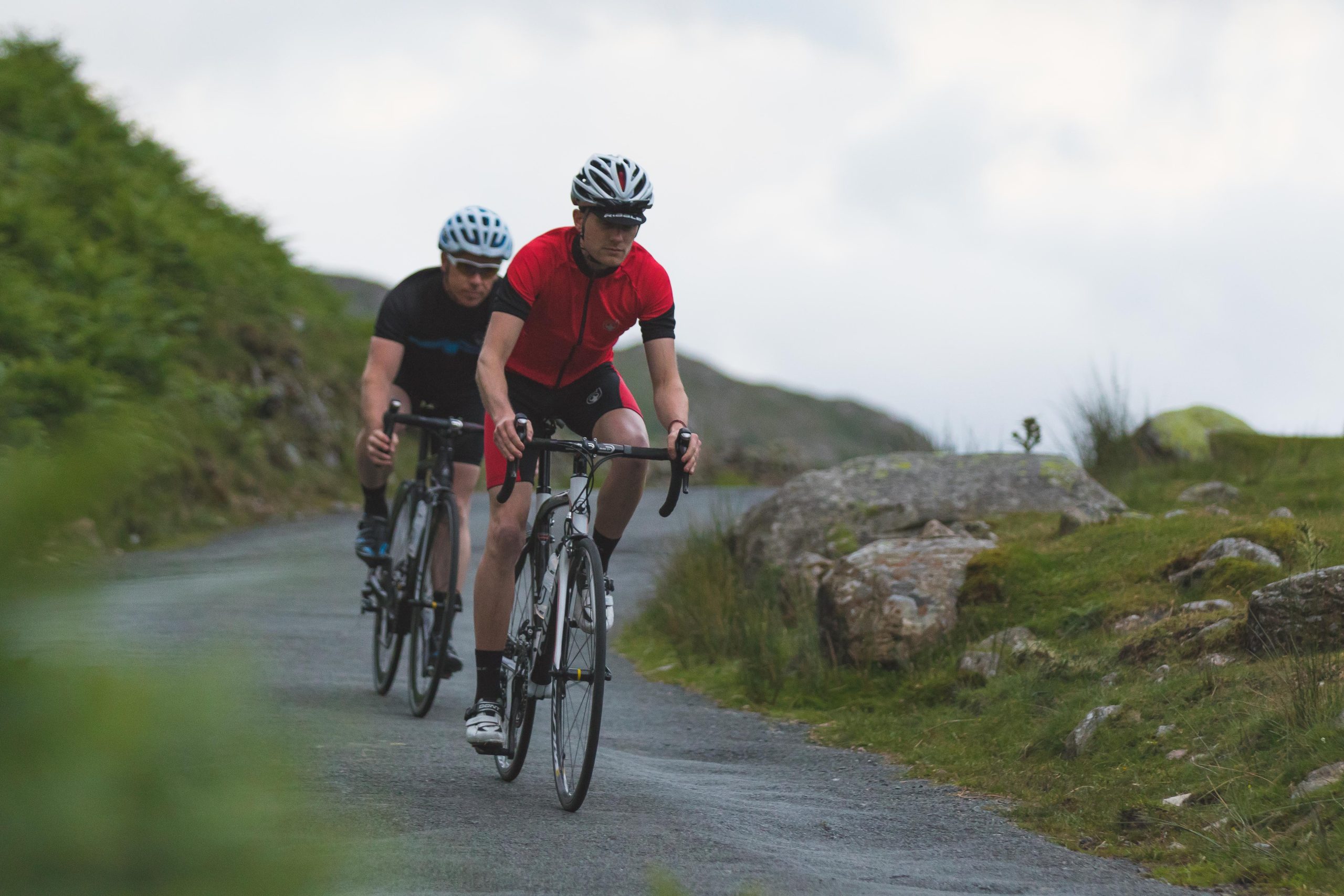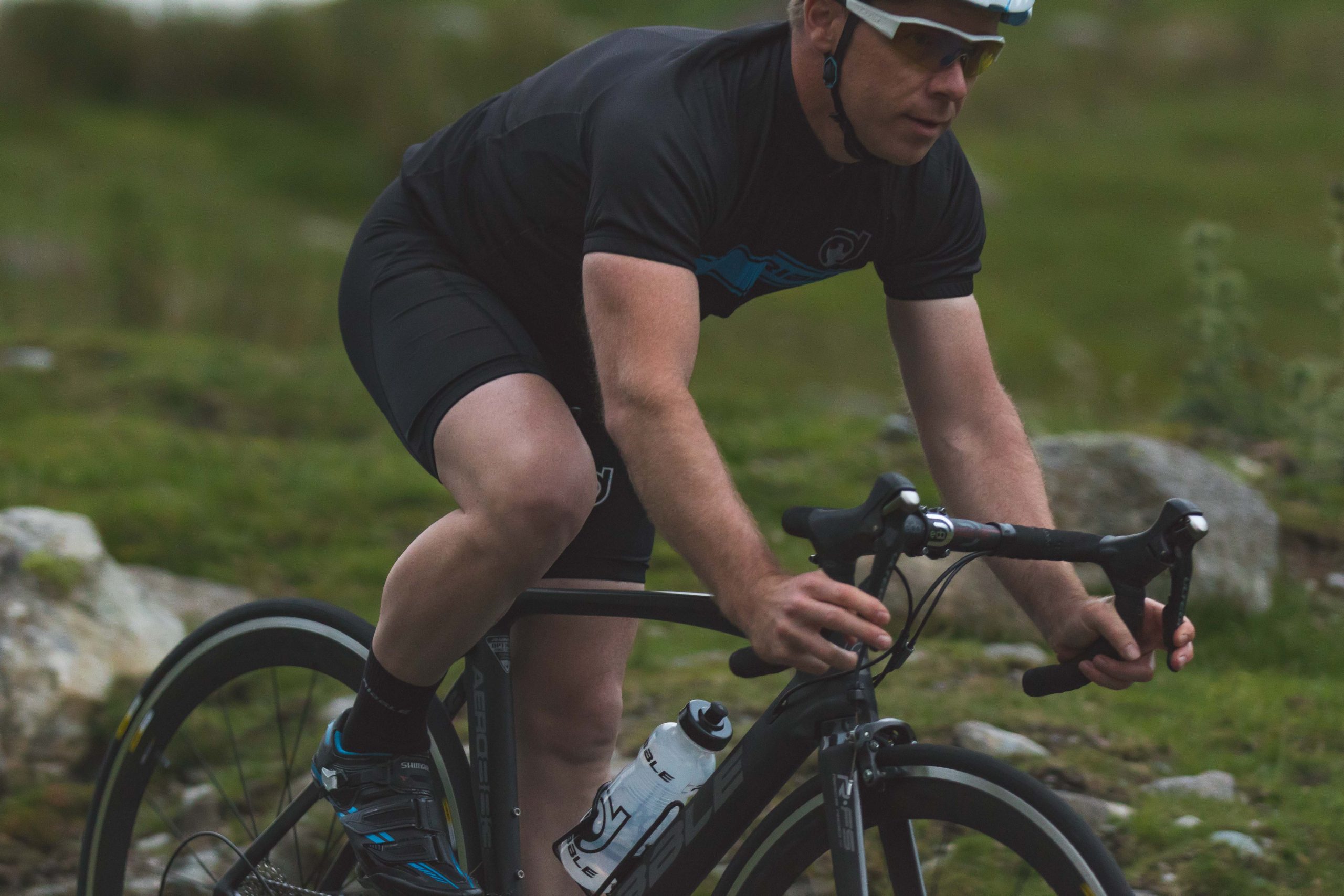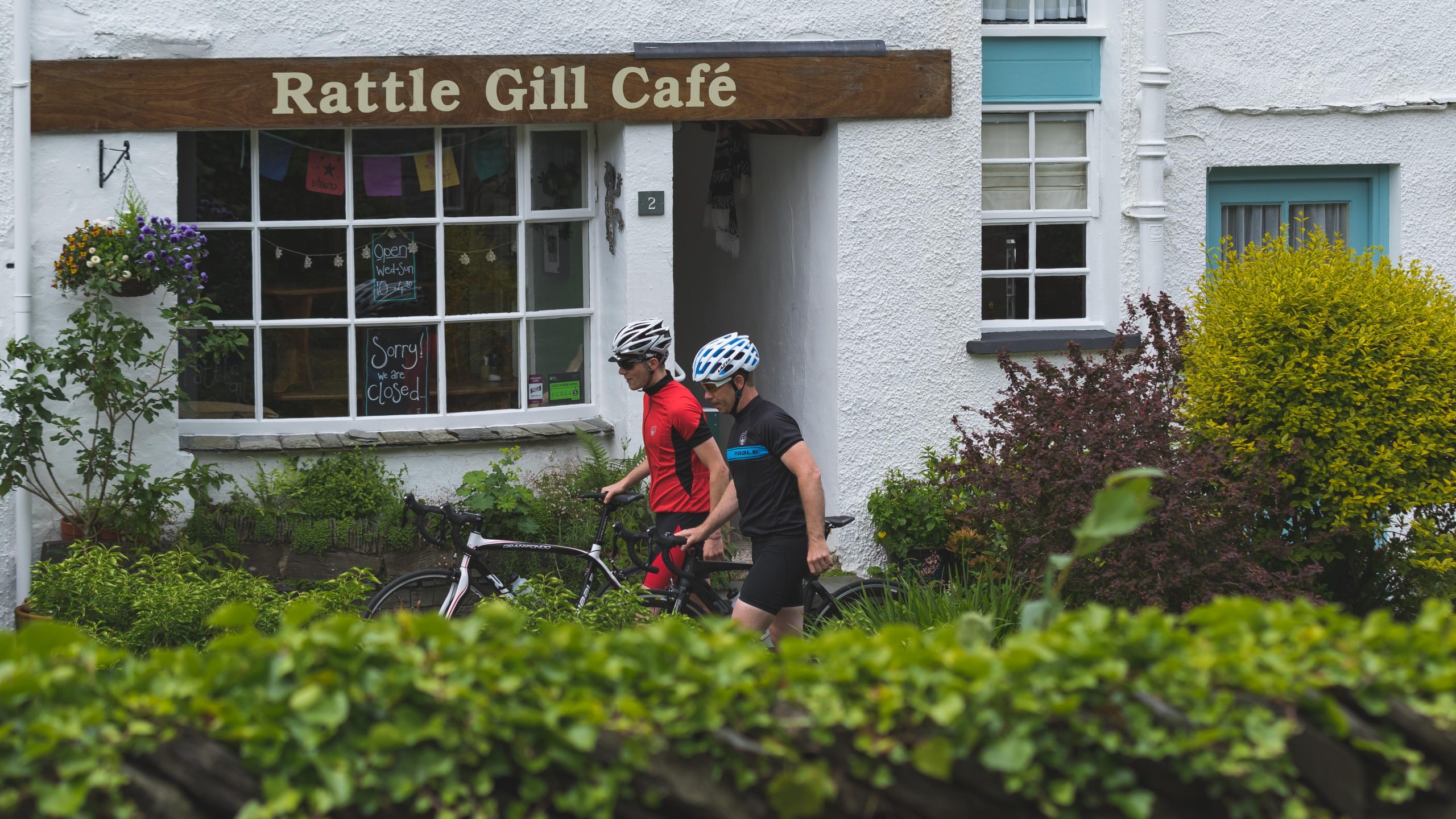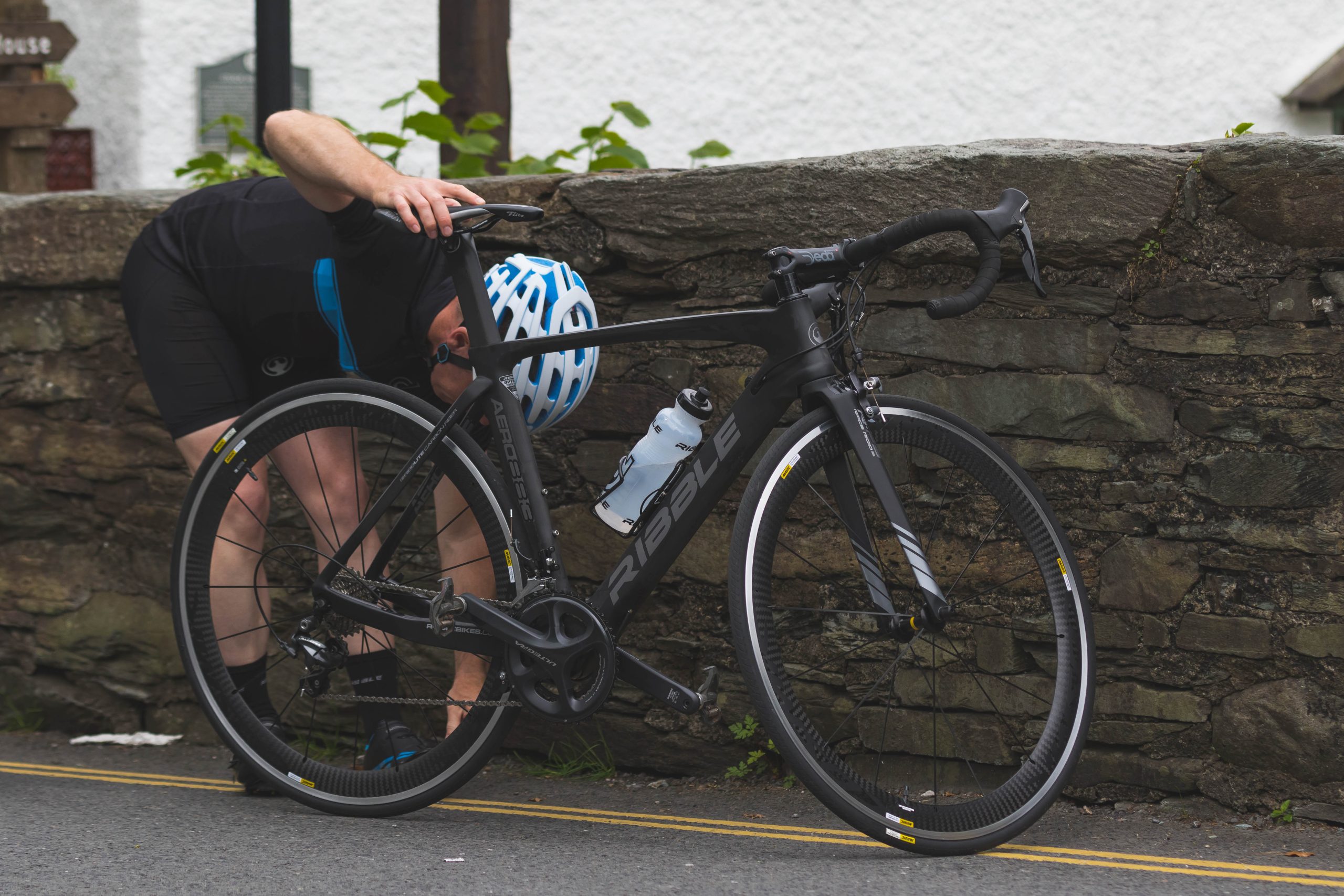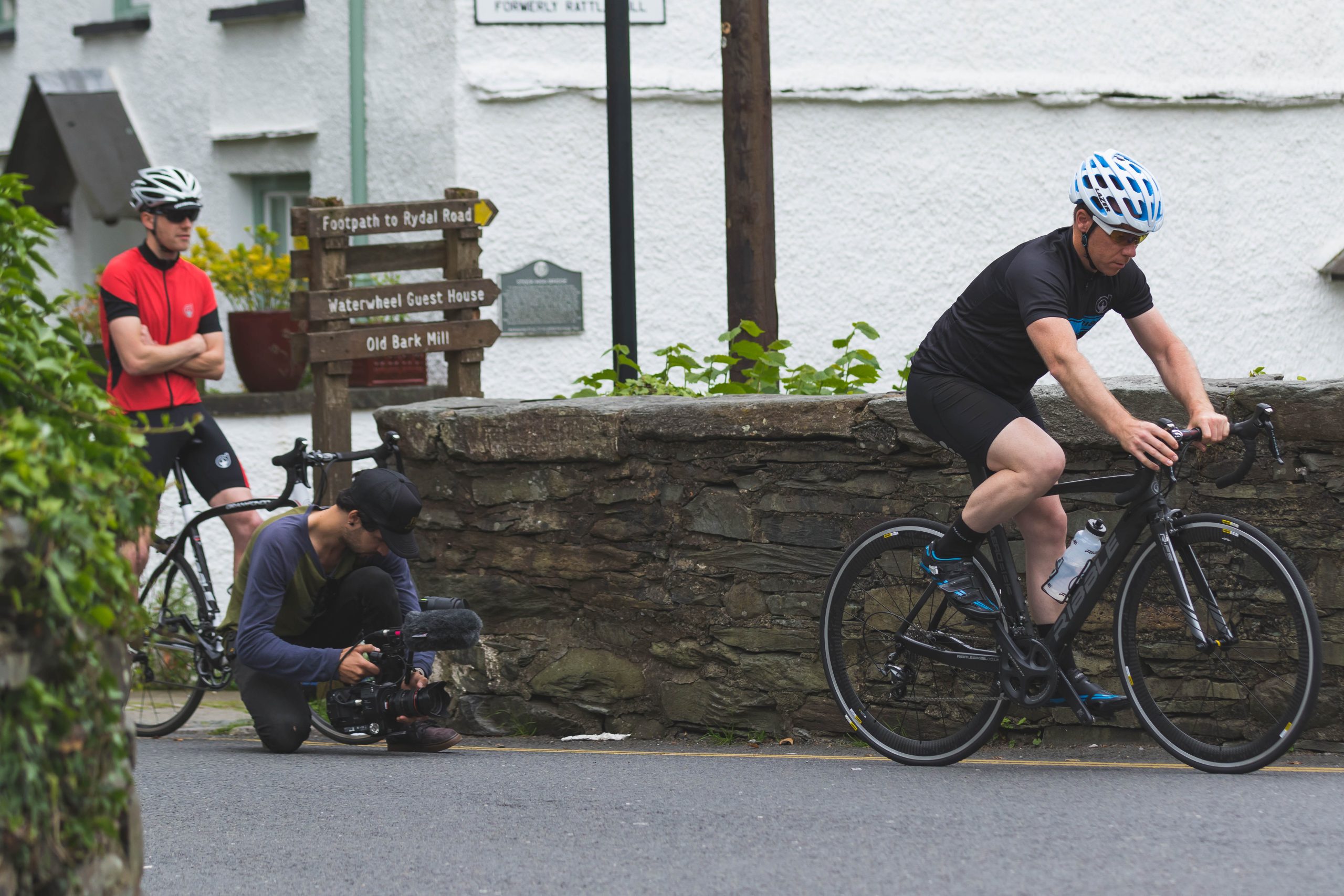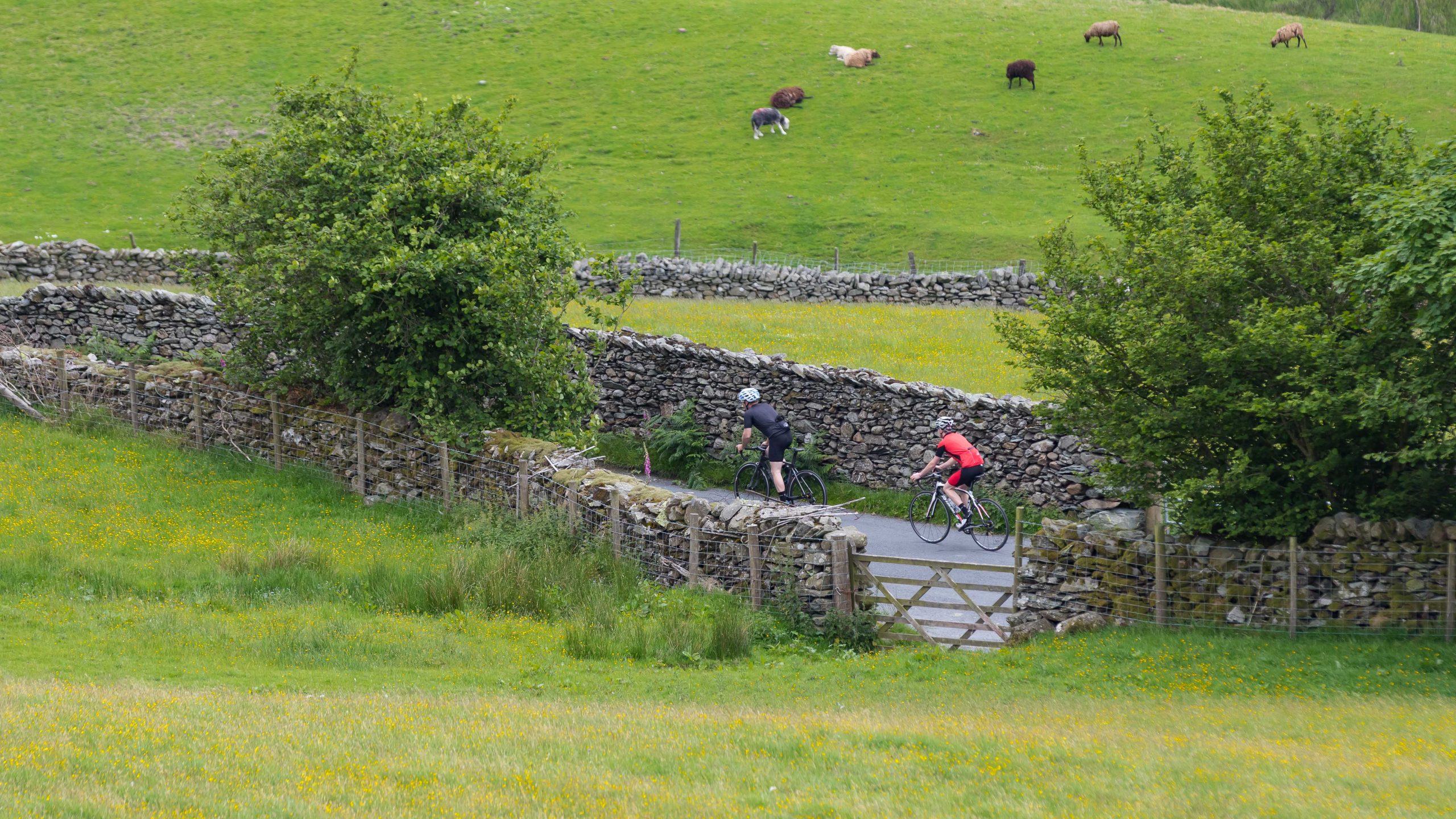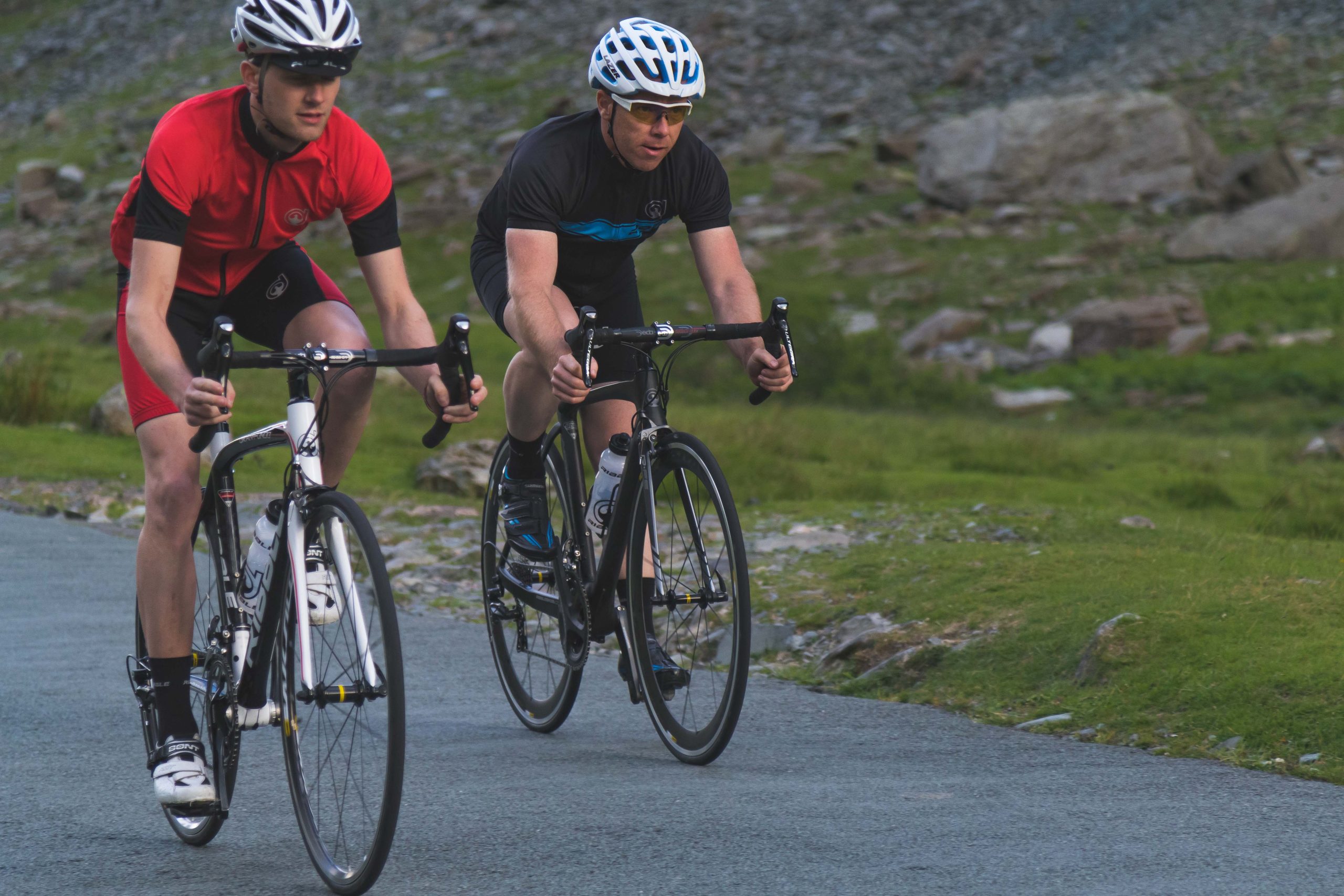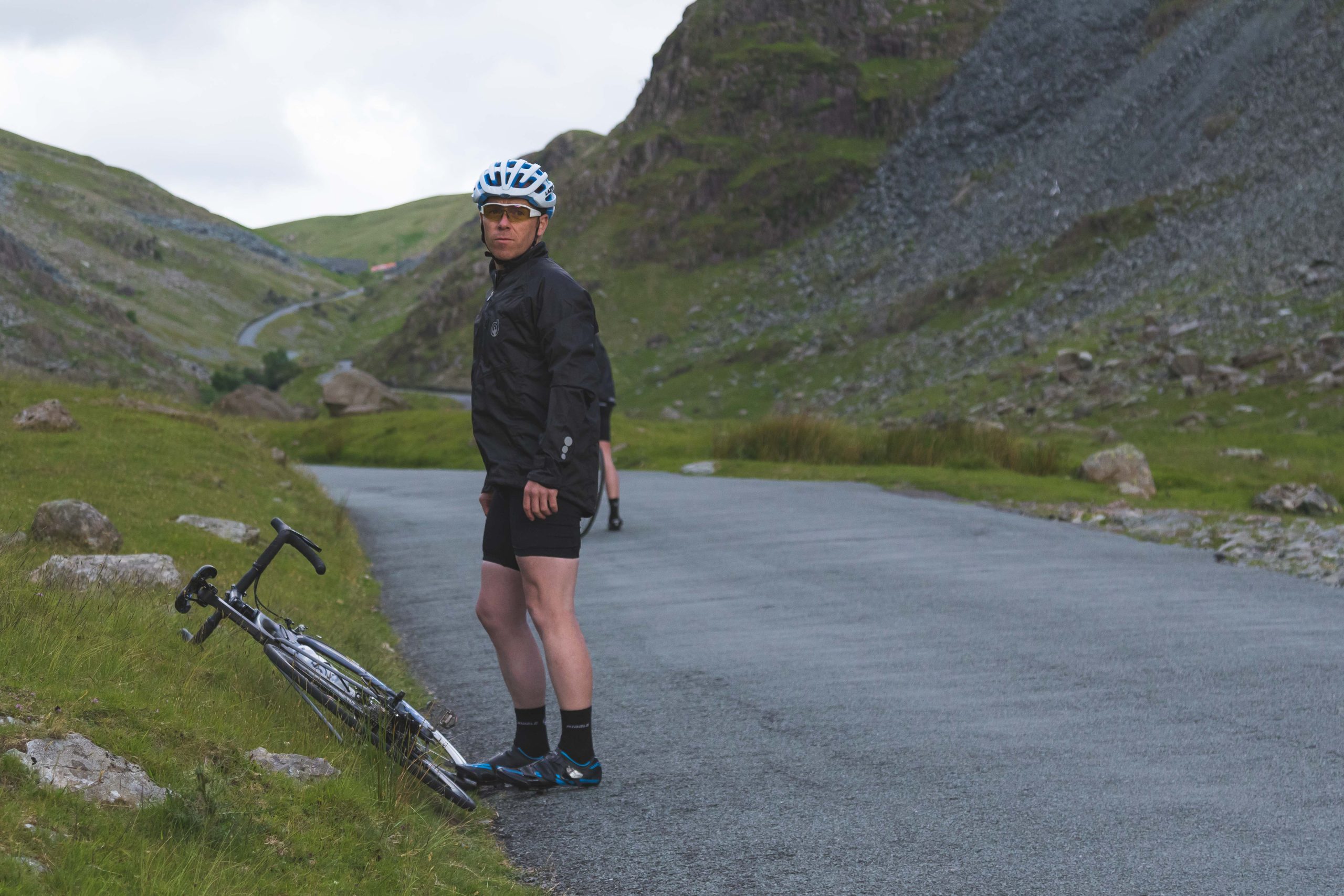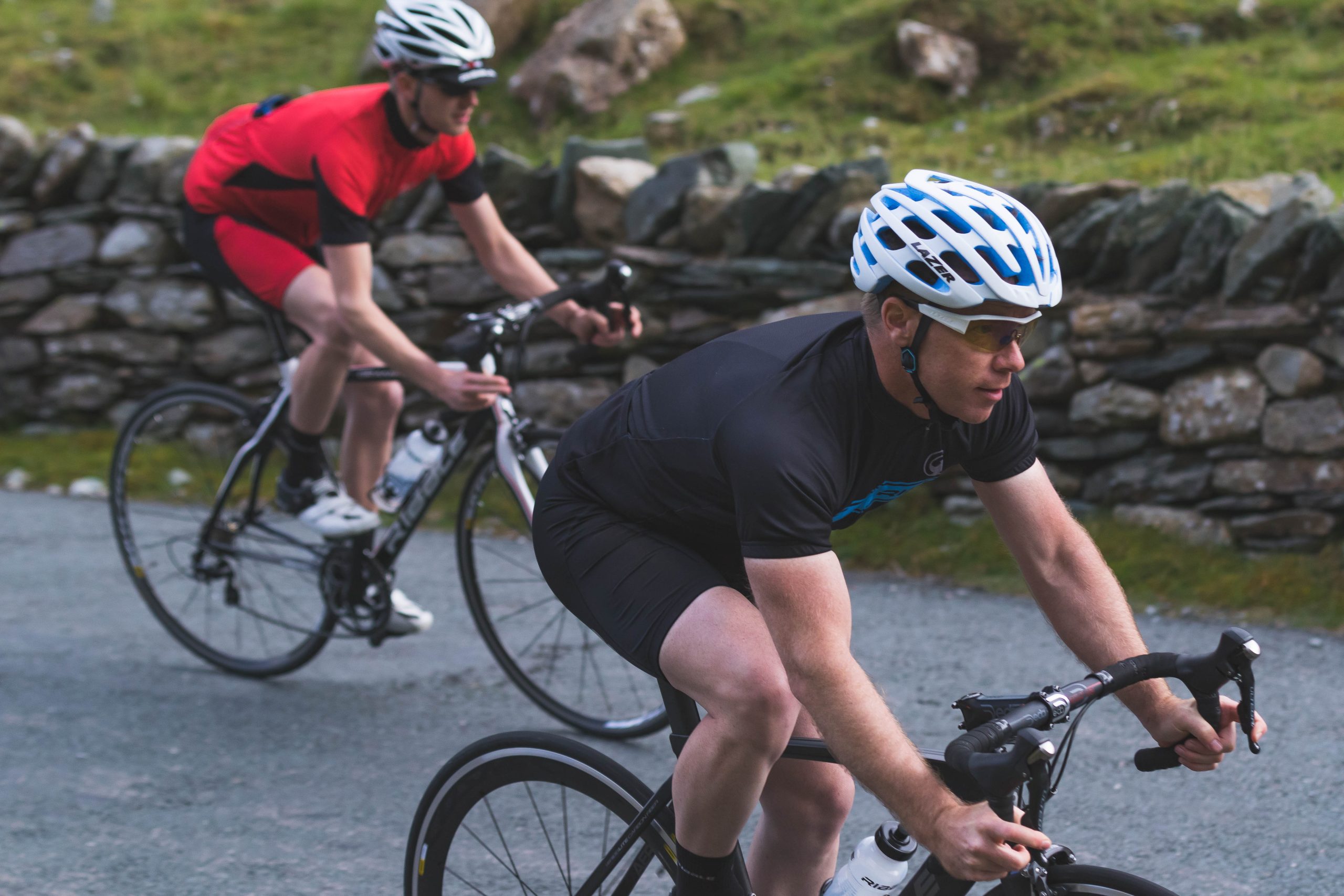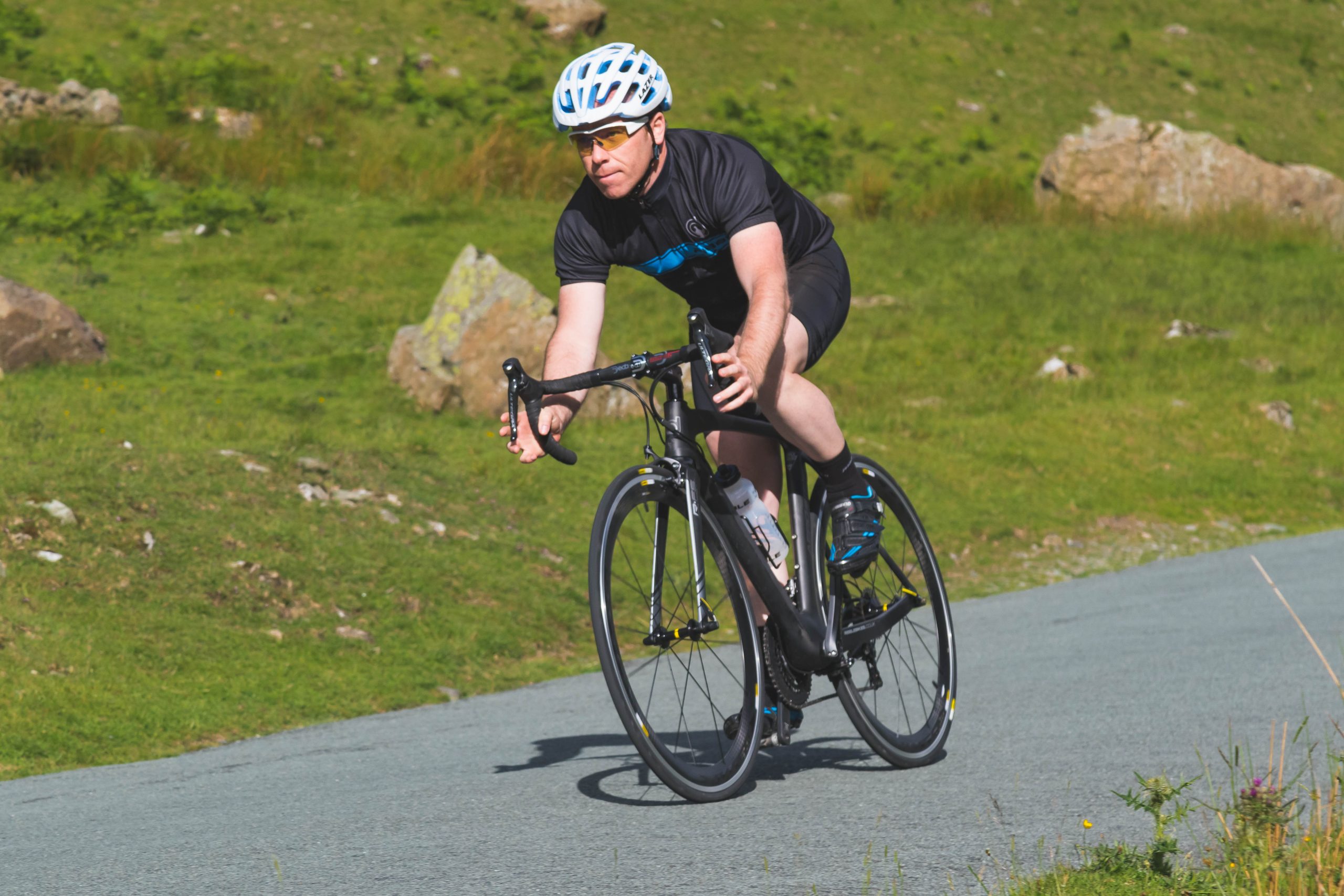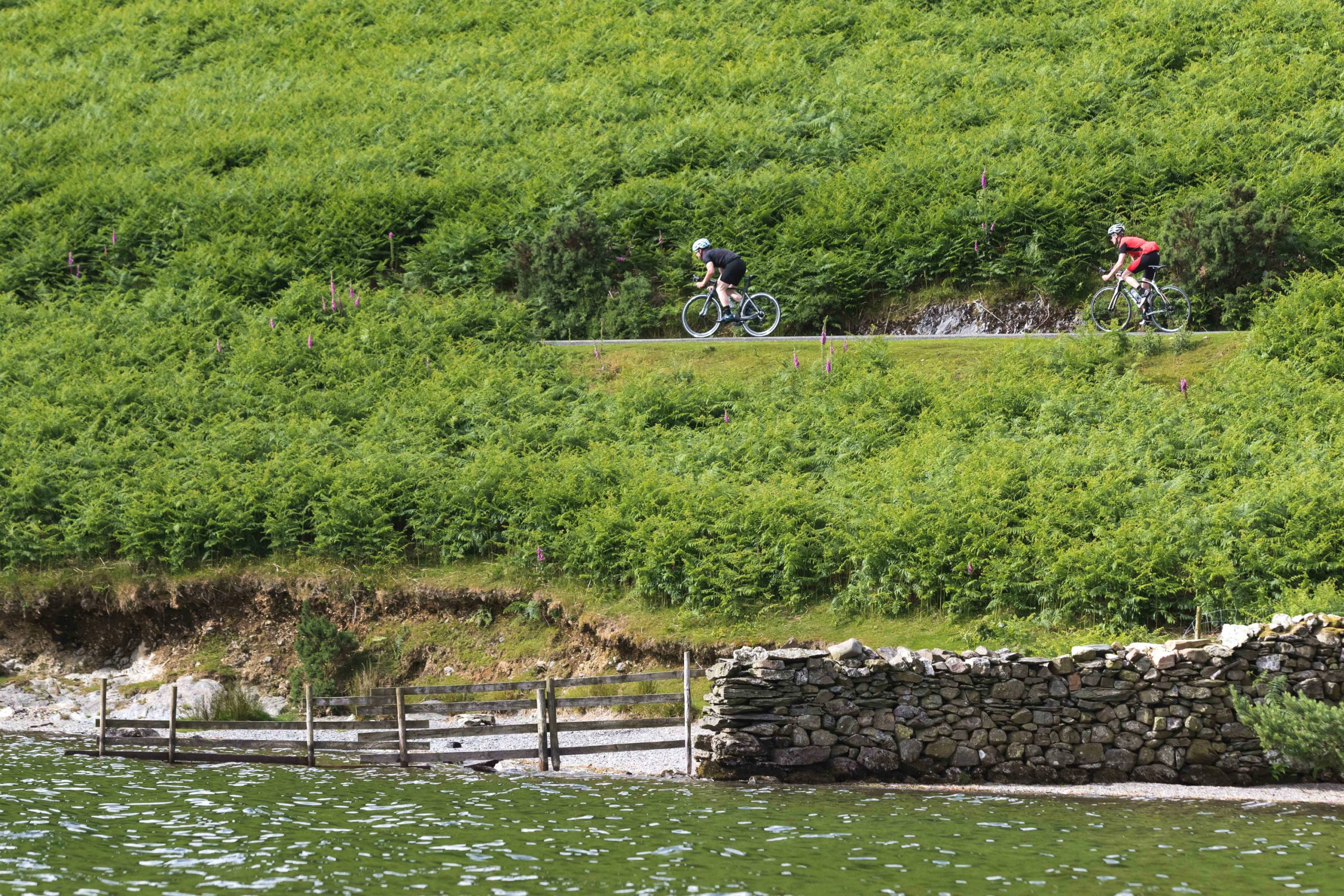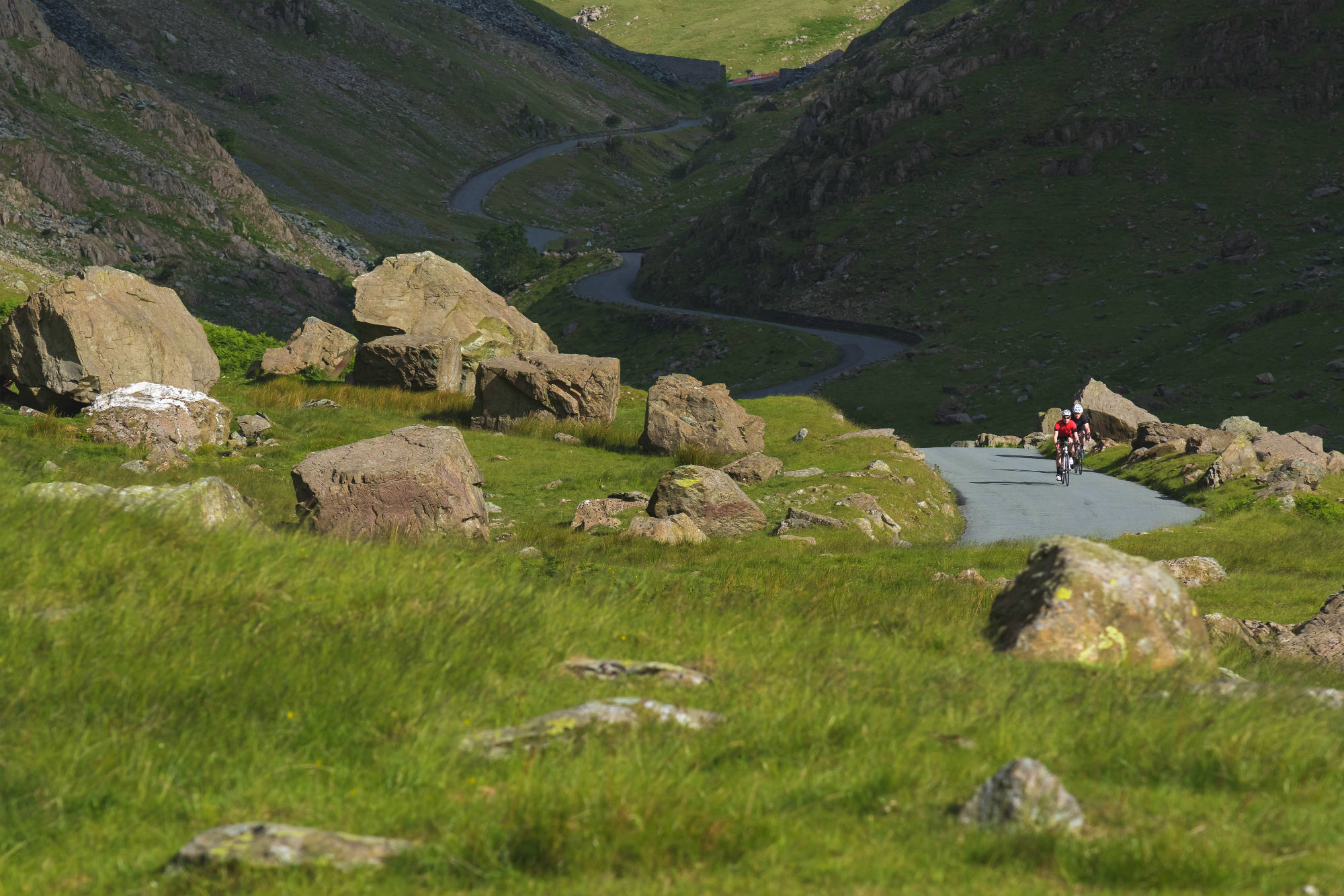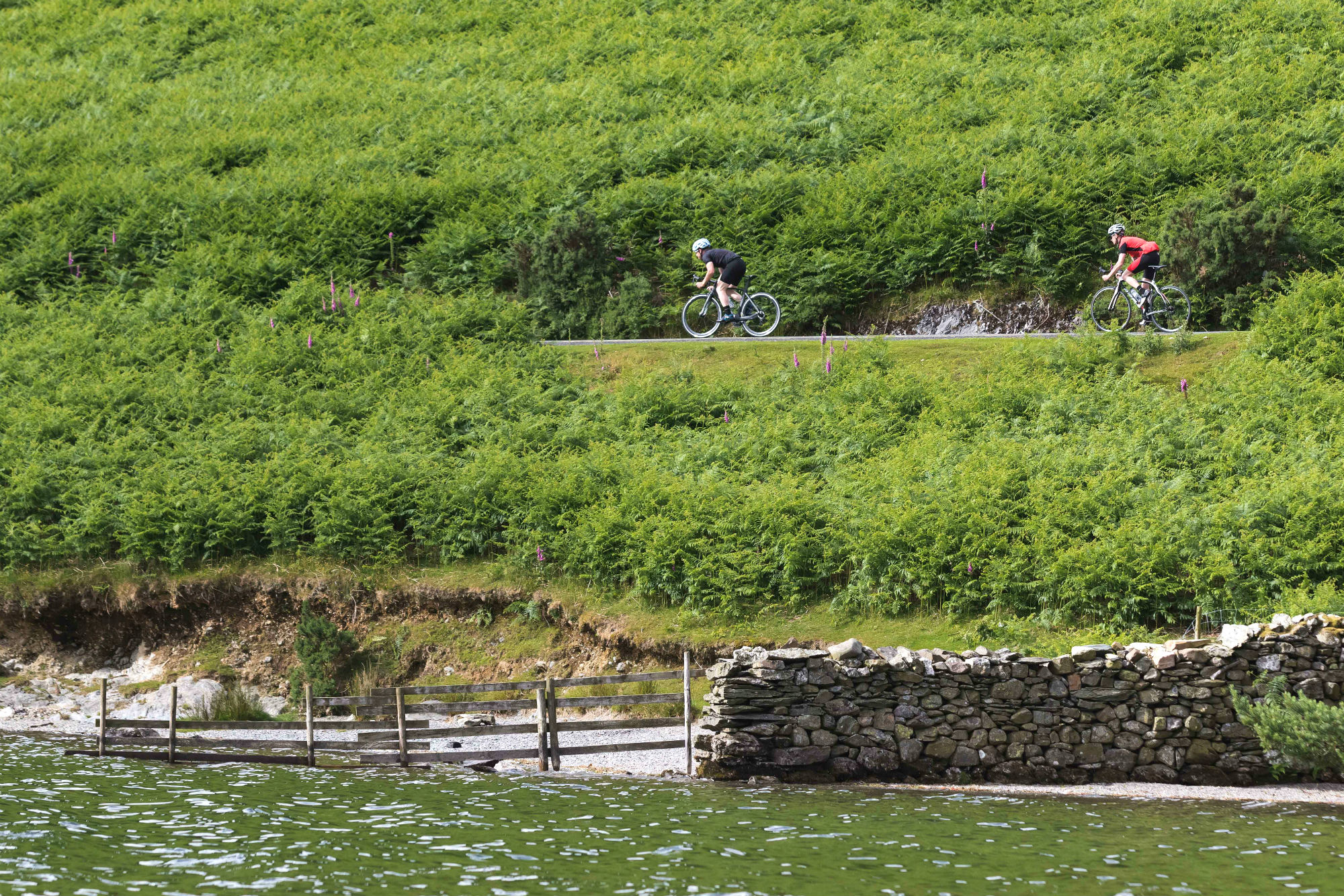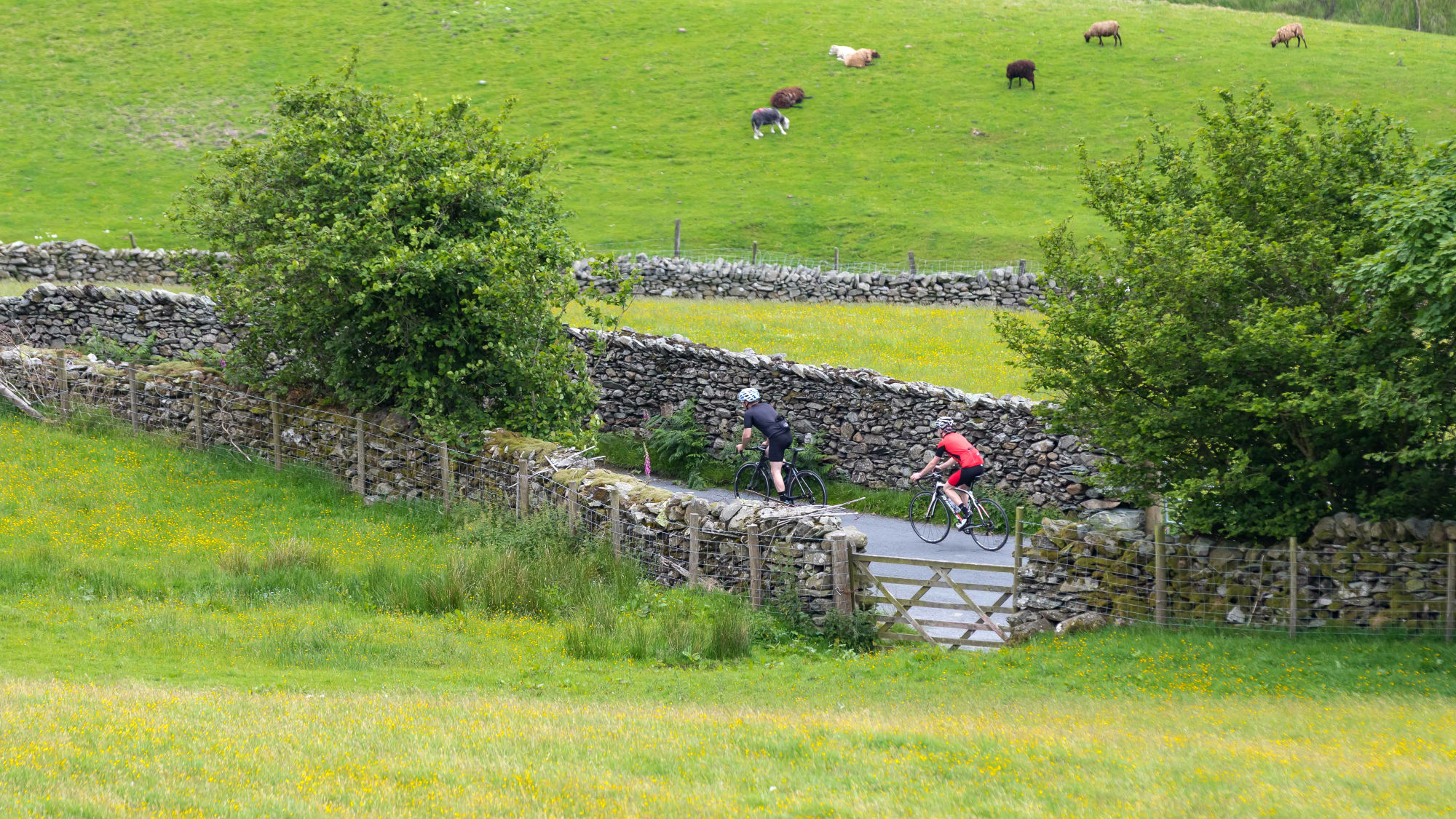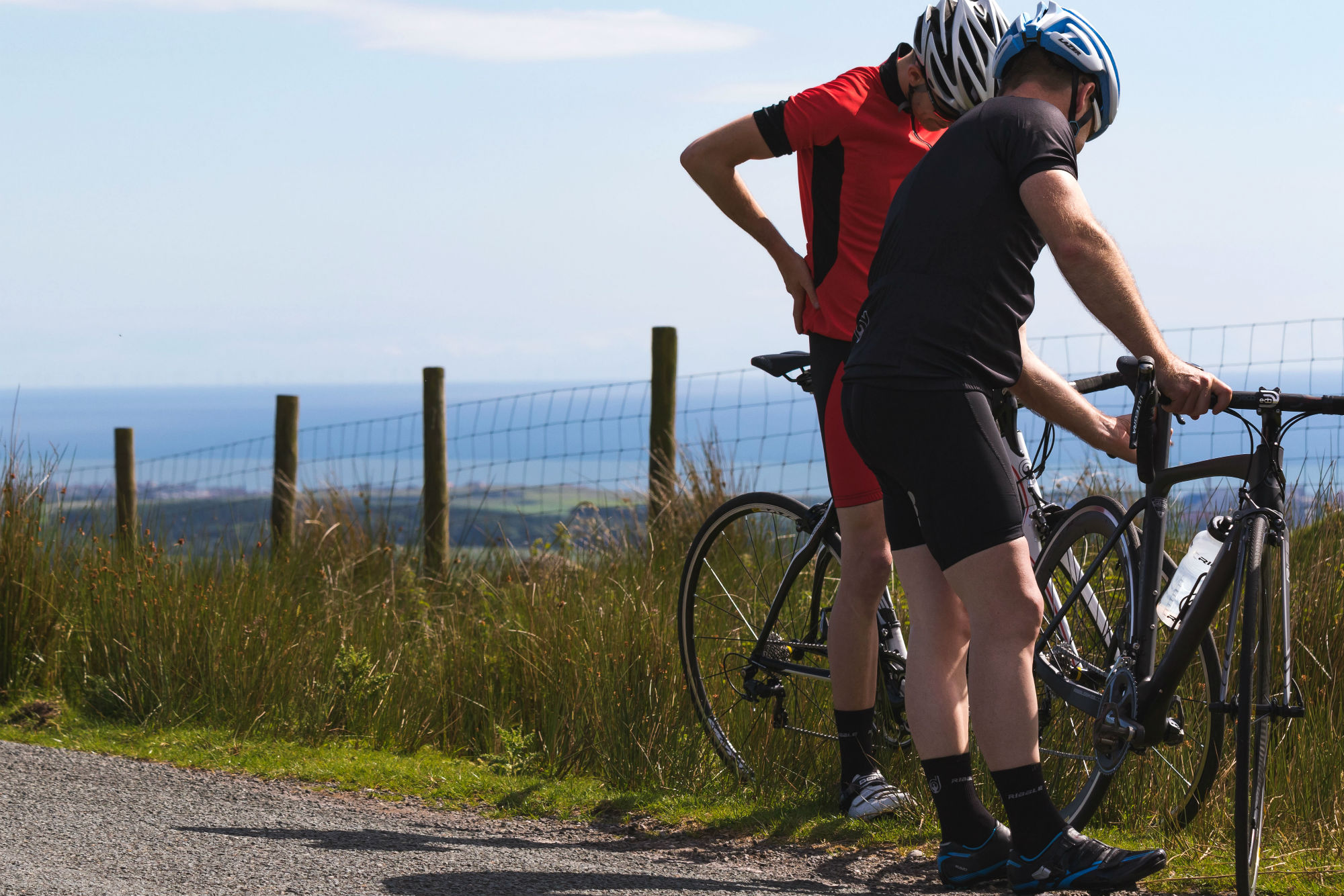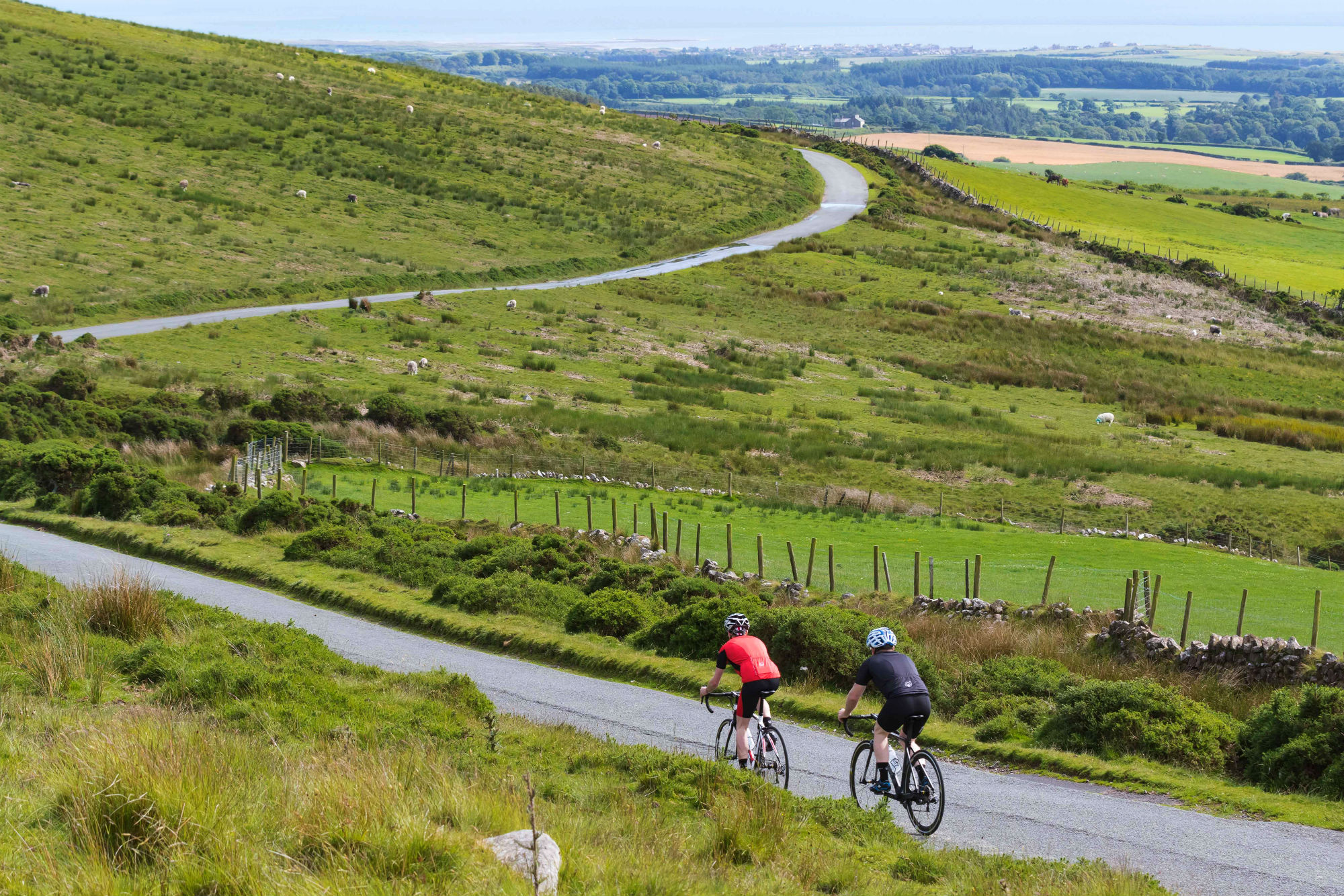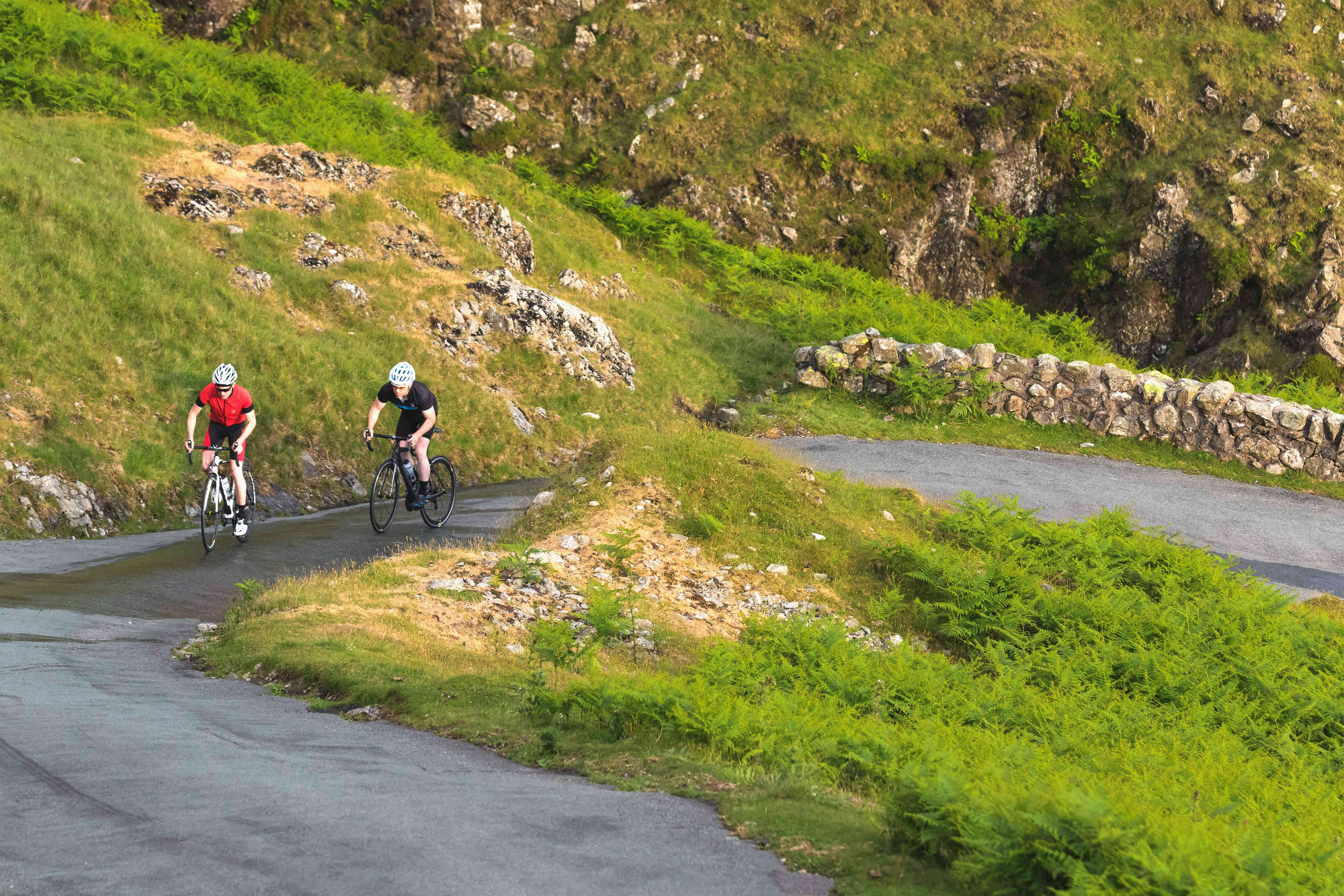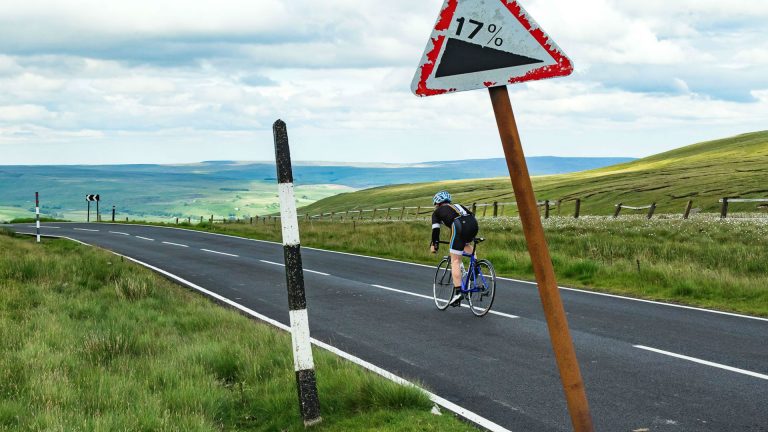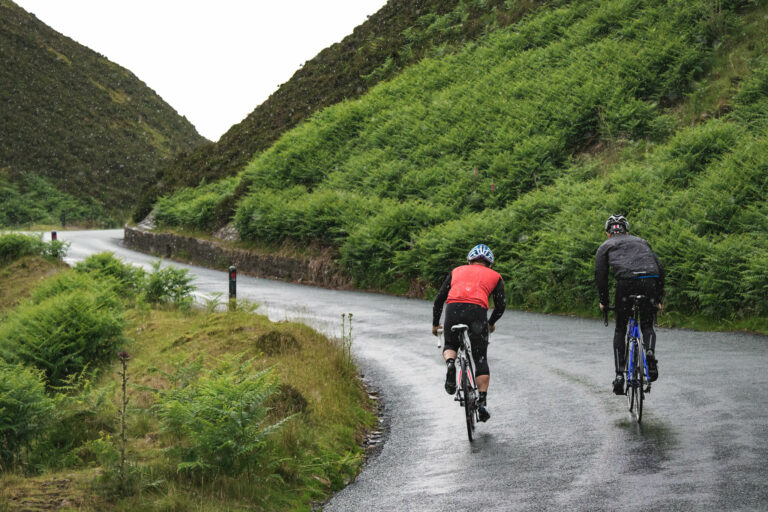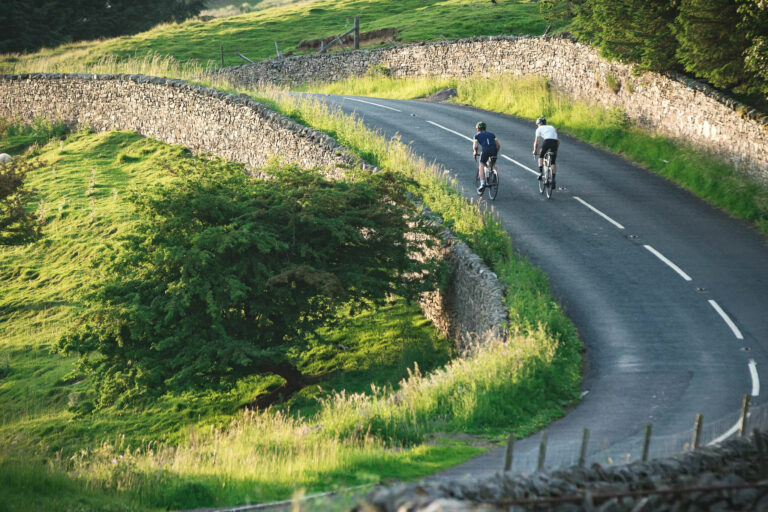- Distance 91 miles
- Total ascent 8,223 feet
- Start/finish Ambleside
- Highlight Hardknott Pass
The Lake District. Mention those three words to any cycling enthusiast and you’ll see their eyes glaze over and minds wander to the playground that is the Lake District National Park. Mention Hardknott Pass and you’ll be met with a sharp intake of breathe and pursed lips.
And for good reason. The Lake District is one of the most beautiful parts of the UK to ride a bike – but it’s also one of the toughest. Hardknott Pass is one of the toughest climbs of them all, pitching up to a wall-like 33 per cent as it scales the dramatic mountainside at an impossibly steep gradient.
The Lake District offers so much more than climbing but, ultimately, it’s for the area’s iconic ascents that so many cyclists plan a trip – us included. But no matter where you ride, you will be rewarded with mind-blowing scenery and undoubtedly some of the best views Britain has to offer.
Our ride is a classic Lake District loop which takes in the very best the area has to offer. We start in the picturesque town of Ambleside, at the tip of Windermere, for a 91-mile route which takes us to the northern end of the Lake District before heading west, brushing the coast and returning east to Ambleside – all via four must-ride Lakes climbs: Kirkstone Pass, Honister Pass, Hardknott Pass and Wrynose Pass. With 8,223 feet of ascent in all, you’ll need your lowest gears and best legs – but your reward will be one of the finest rides in the country (you can see the full route and download the GPS file here).


